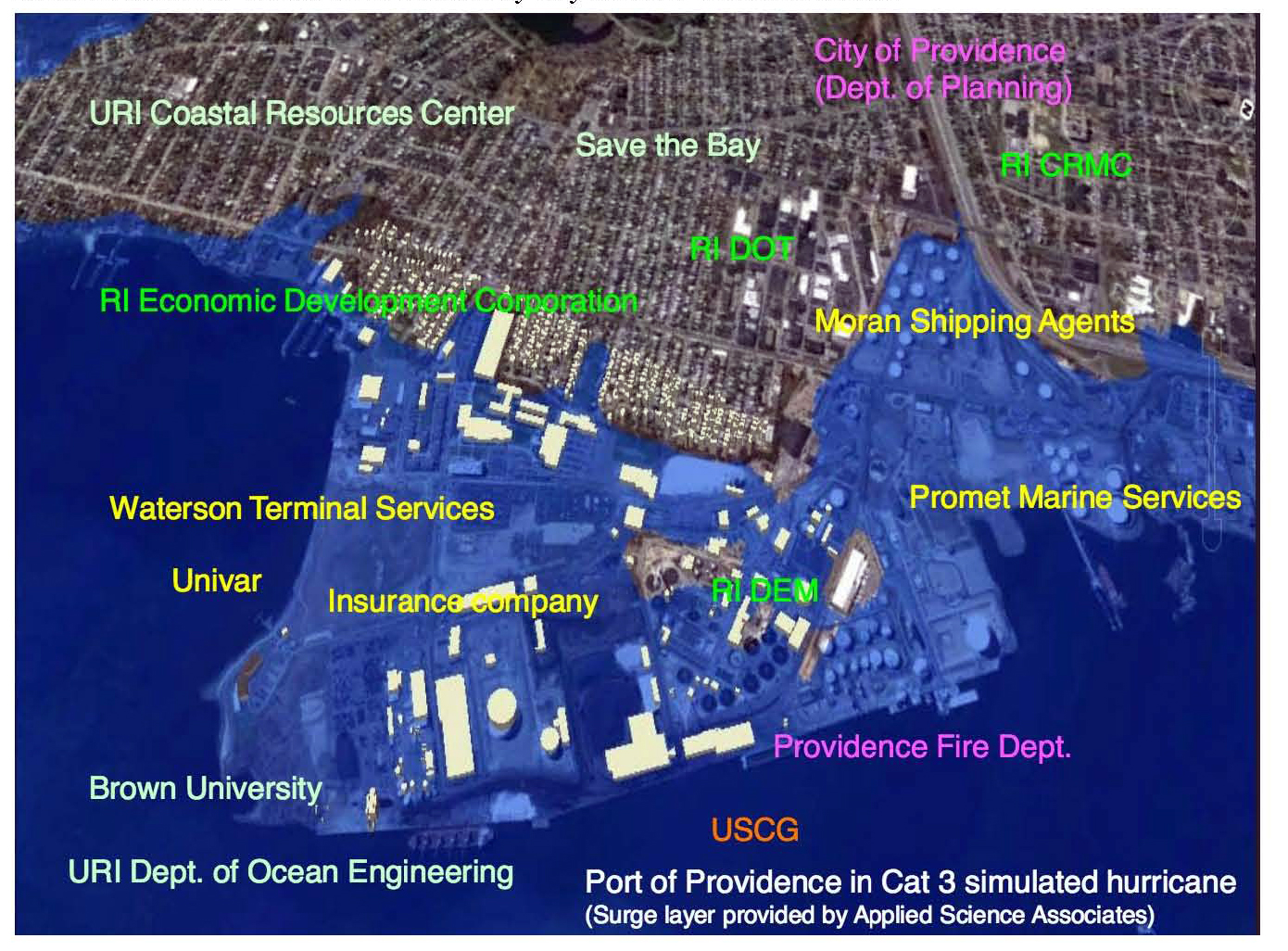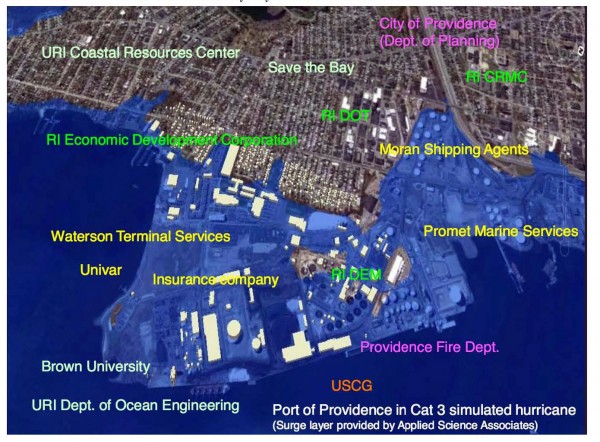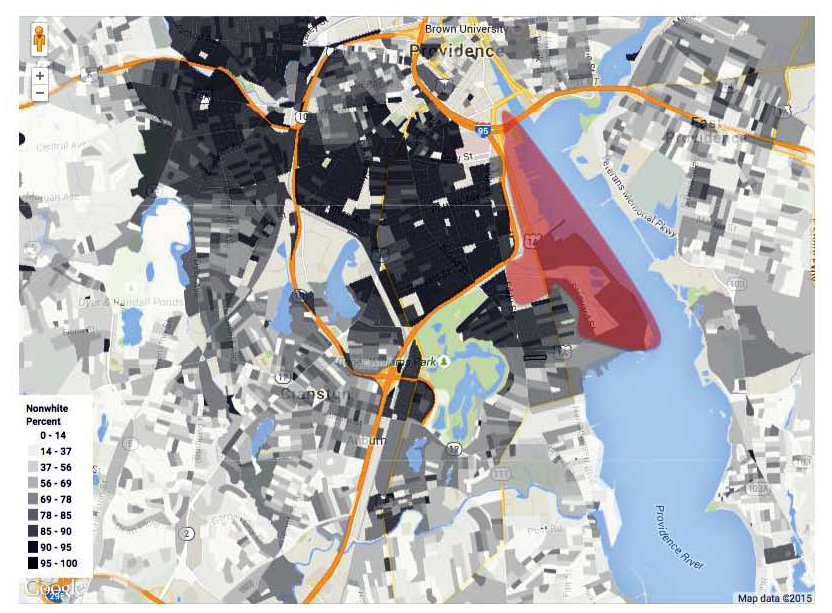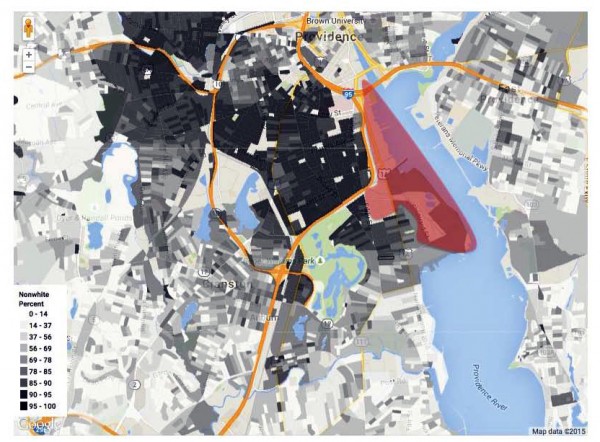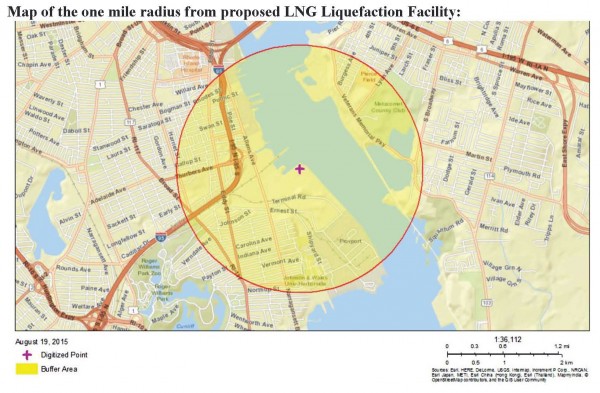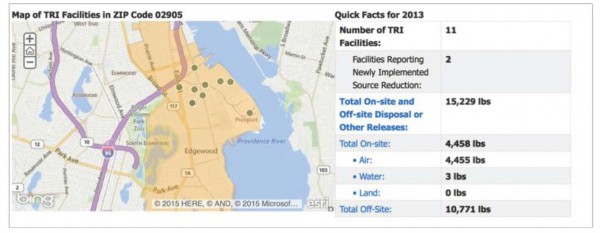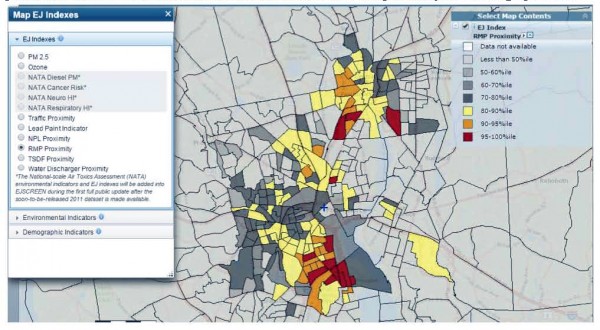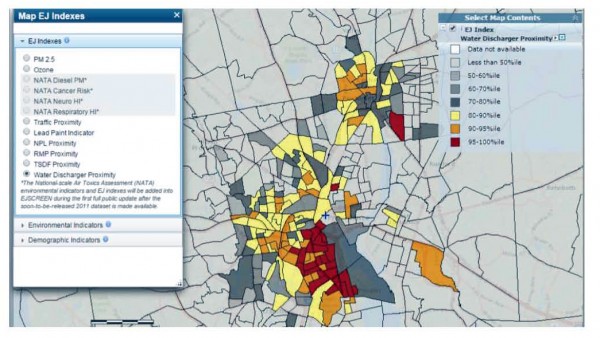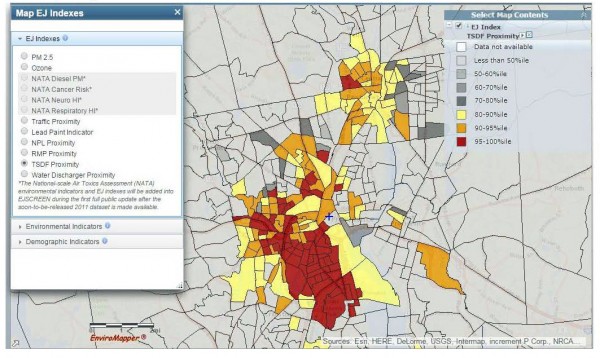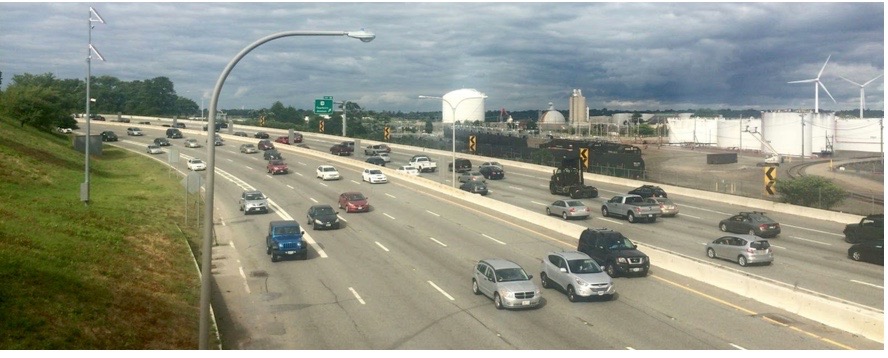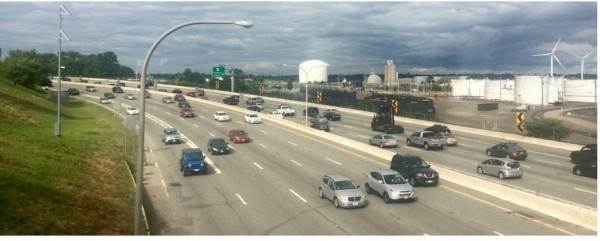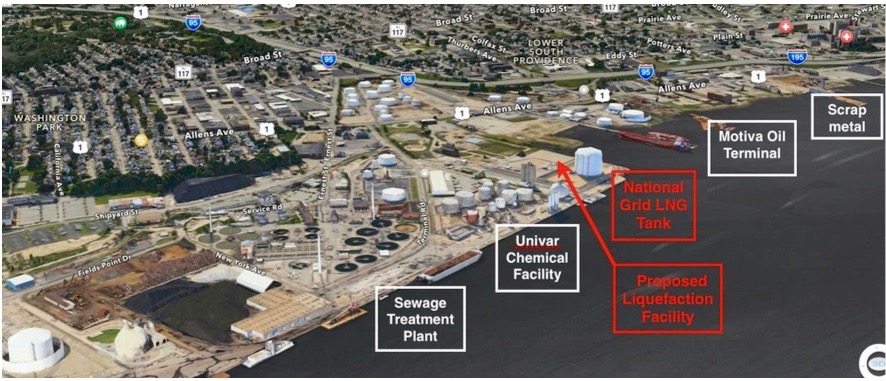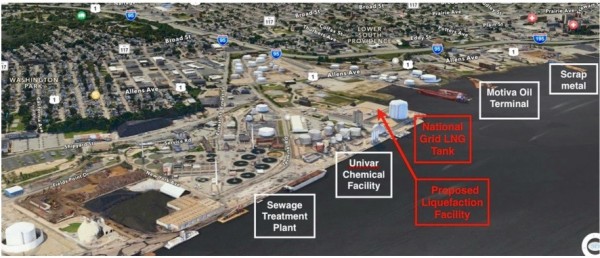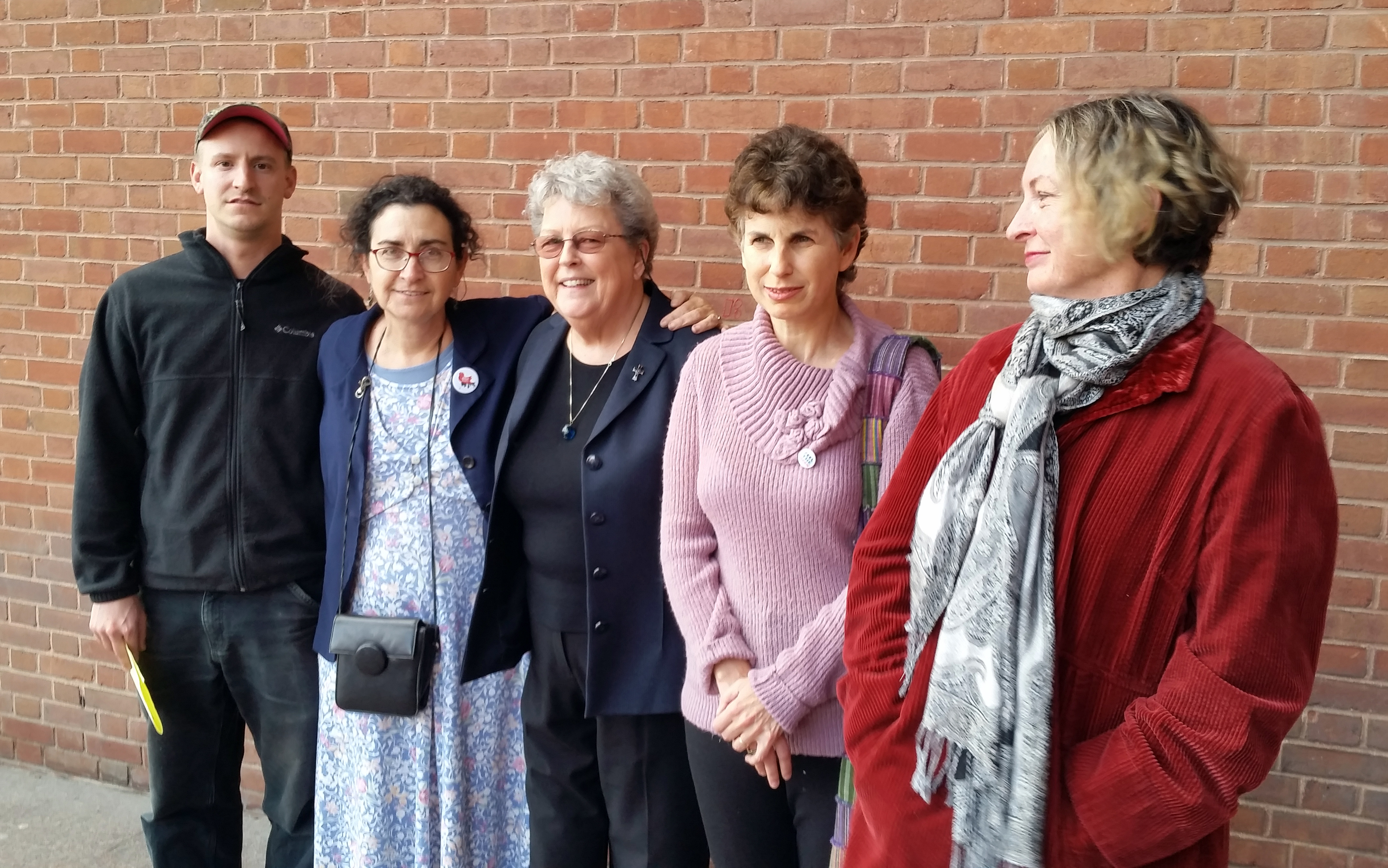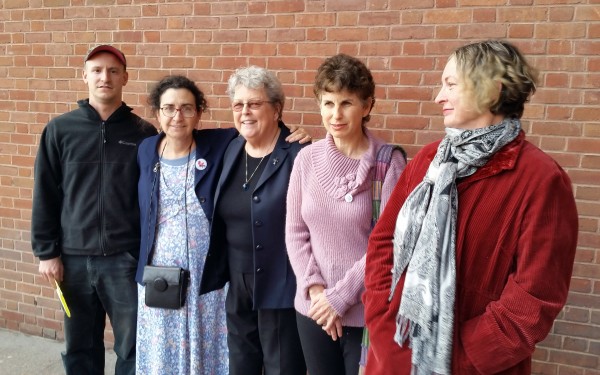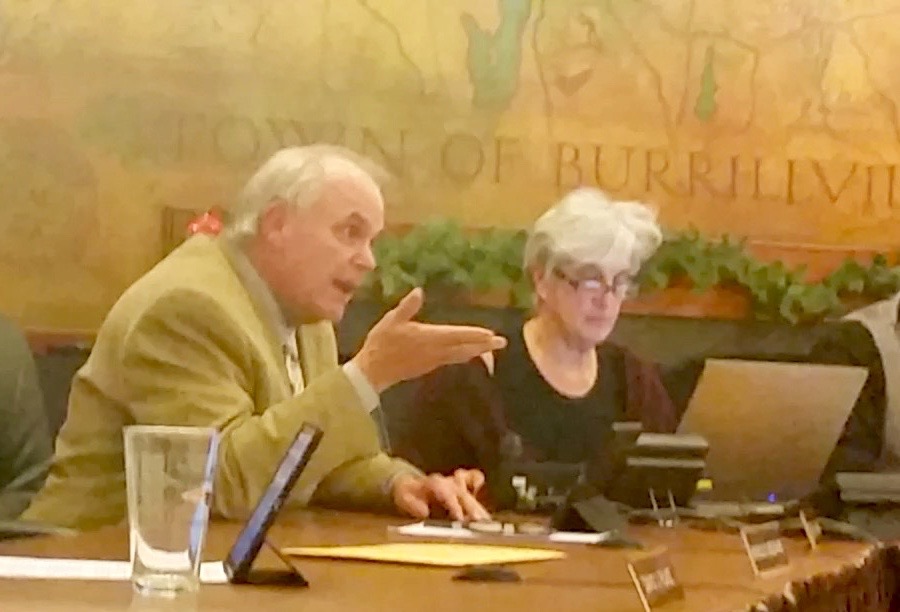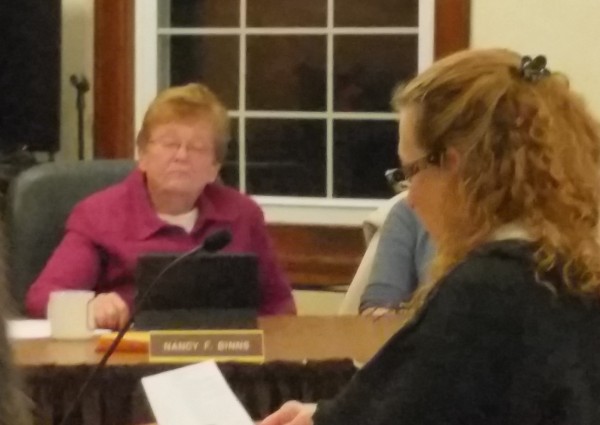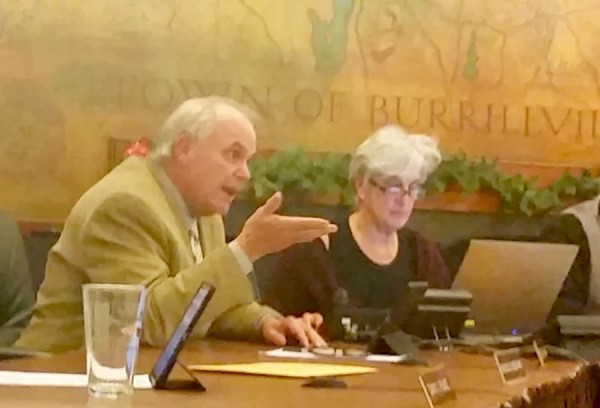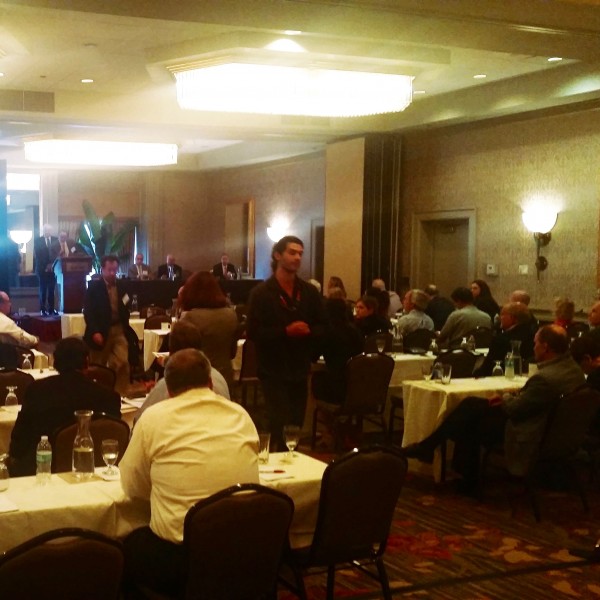 The Consumer Liaison Group (CLG) Meeting happens four times a year and its a chance for ISO-NE to exchange information with electricity consumers in New England. ISO-NE is the group that regulates our electricity markets and keeps the lights on by coordinating electricity generation and transmission. They run billion dollar markets and interact with companies like Spectra Energy, Invenergy, National Grid and Deepwater Wind. Pretty much every aspect of the process of getting electricity to your television is touched upon by ISO-NE in some way.
The Consumer Liaison Group (CLG) Meeting happens four times a year and its a chance for ISO-NE to exchange information with electricity consumers in New England. ISO-NE is the group that regulates our electricity markets and keeps the lights on by coordinating electricity generation and transmission. They run billion dollar markets and interact with companies like Spectra Energy, Invenergy, National Grid and Deepwater Wind. Pretty much every aspect of the process of getting electricity to your television is touched upon by ISO-NE in some way.
 The latest meeting of the CLG, in Providence on Thursday, featured a panel discussion with representatives from the four companies mentioned above. The panel was pulled together with the help of Douglas Gablinske, executive director of The Energy Council of Rhode Island (TEC-RI) an advocacy group for energy company concerns. Readers of RI Future may remember that Gablinske was a vocal opponent of Cale Keable’s bill to reform the Energy Facilities Siting Board (EFSB). He was also the only speaker at the RI Public Utilities Commission (RIPUC) to speak in favor of the pipeline tariff.
The latest meeting of the CLG, in Providence on Thursday, featured a panel discussion with representatives from the four companies mentioned above. The panel was pulled together with the help of Douglas Gablinske, executive director of The Energy Council of Rhode Island (TEC-RI) an advocacy group for energy company concerns. Readers of RI Future may remember that Gablinske was a vocal opponent of Cale Keable’s bill to reform the Energy Facilities Siting Board (EFSB). He was also the only speaker at the RI Public Utilities Commission (RIPUC) to speak in favor of the pipeline tariff.
Gablinske surprised me by asking if I knew about any planned protests or disruptions. I said I didn’t. He asked me specifically about the FANG Collective. I had no idea of what plans they have, if any, I said. Then Gablinske said that he noticed Mary Pendergast on the list of people who had signed up to attend. Pendergast was sitting in the room, and he soon went over to introduce himself to her.
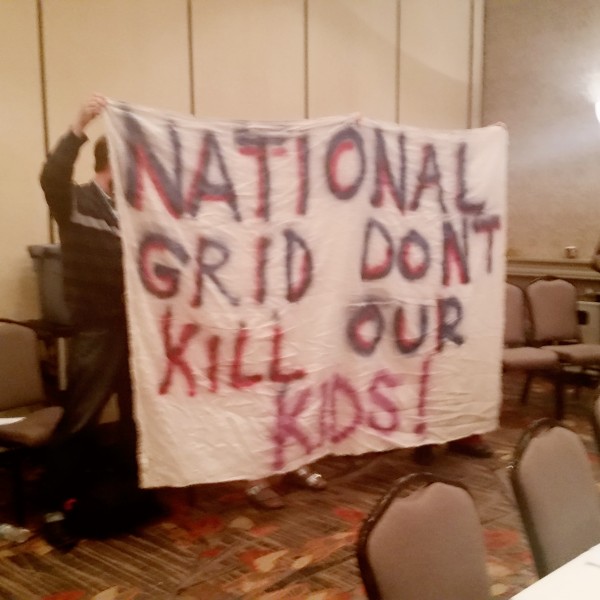
During the course of the presentation there was a disruption. As Invenergy’s John Niland gave his presentation to the room, Mary Pendergast stood and display a small sign that said, “No fracked gas Power plant.” Her protest was silent but it did seem to throw Niland off a bit, as his delivery seemed somewhat distracted.
It was during the third presentation that the disruptions became more pronounced. As Richard Kruse, vice president at Spectra Energy spoke glowingly about the need for bigger and better pipelines in our fracked gas infrastructure future, Kathy Martley of BASE (Burrillville Against Spectra Expansion), Keith Clougherty of the FANG Collective and Sally Mendzela stood up.
“Spectra Energy, Energy for Death,” said Martley as I headed for my camera. “Say no to Invenergy and tell Invenergy to go home,” Martley continued.
As the protest continued, Gablinske took the podium and said, “You have a right to be here but not be disruptive” as Clougherty continued to speak.
Lennette Boiselle, an ally of Geblinske and a lobbyist for the Northern Rhode Island Chamber of Commerce got up and left the room, presumably in search of security. Readers might remember Boiselle as the person arguing against democracy at the public comment hearing concerning Cale Keable’s EFSB bill.
“The political correctness, of not allowing other people to talk is sweeping through this country,” said Geblinske, “It’s an incorrect assumption, this gentlemen has the right to speak…”
“We’ve been listening to you our whole lives, Pal,” interrupted Sally Mendzela.
Gablinske ultimately offered to set up a forum where “both sides” could be heard but it is unknown if this will actually happen. The protesters took their seats, no one was ejected from the forum, and Kruse finished his talk.
Amazingly, though, that wasn’t the end. During a brief question and answer period at the end of the presentations, Gablinske called on Clougherty to ask a question!
“I would ask for a question, not a speech or a statement,” said Gablinske, when he realized who he had called upon.
Clougherty then asked Niland, Kruse and Bill Malee, a National Grid VP, “Do your companies have any money set aside for restitution for the millions of people who are going to be displaced and killed by the infrastructure projects you all are proposing?”
There is no good answer representatives from these companies can give, yet Niland attempted one. As expected, it was not good.
I found the most interesting talk of the day came from Mary Louise “Weezie” Nuara, External Affairs Representative for ISO-NE.
“The region’s competitive wholesale electricity markets are really designed to maintain reliability through the selection of the most economically efficient set of resources,” said Nuara, but the states “have environmental and renewable energy goals that are beyond the objectives of the wholesale electricity markets.”
What’s happening is that states are setting goals to increase renewables and reduce greenhouse gas emissions (like the goals set out in ResilientRI, but all the New England states have some version of this idea.) ISO-NE is designed to deliver energy as reliably and cheaply as possible. As a market, it cannot deliver renewables or reduce emissions unless those options are cheaper and cleaner. In August, NEPOOL (which represents the interest of the New England states when dealing with ISO-NE) began looking into how to adjust wholesale electricity markets to accommodate the goals of the states. It is NEPOOL’s goal to develop a “framework document” by December 2 to provide guidance to ISO-NE regarding potential changes. (A kind of advisory opinion, if you will.)
What makes this interesting, to my mind, is that if ISO-NE starts taking the climate change concerns of the states into account, plants like the one Invenergy is planning for Burrillville will have a harder time selling their energy into the markets.
ISO-NE is a little over a decade old, but already it’s finding that its systems are in need of being updated over concerns of climate change. By contrast, the EFSB here in Rhode Island was established thirty years ago, in 1986. The RI General Assembly has shown little inclination towards revising the EFSB’s mandate in lieu of climate change.
Below please find all the video from the CLg meeting except for the closing comments.
Rebecca Tepper, chair of the CLG Coordinating Committee and chief of the Energy & Telecommunications Division of the Massachusetts Attorney General’s office introduced keynote speaker Rhode Island General Treasurer Seth Magaziner.
Douglas Gablinske, executive director, The Energy Council of Rhode Island
Jeffrey Grybowski, chief executive officer, Deepwater Wind
John Niland, director of business development, Invenergy
Richard Kruse, vice president and regulatory & FERC compliance officer for Spectra Energy
Bill Malee, vice president of regulatory affairs, for National Grid
ISO-NE Q&A

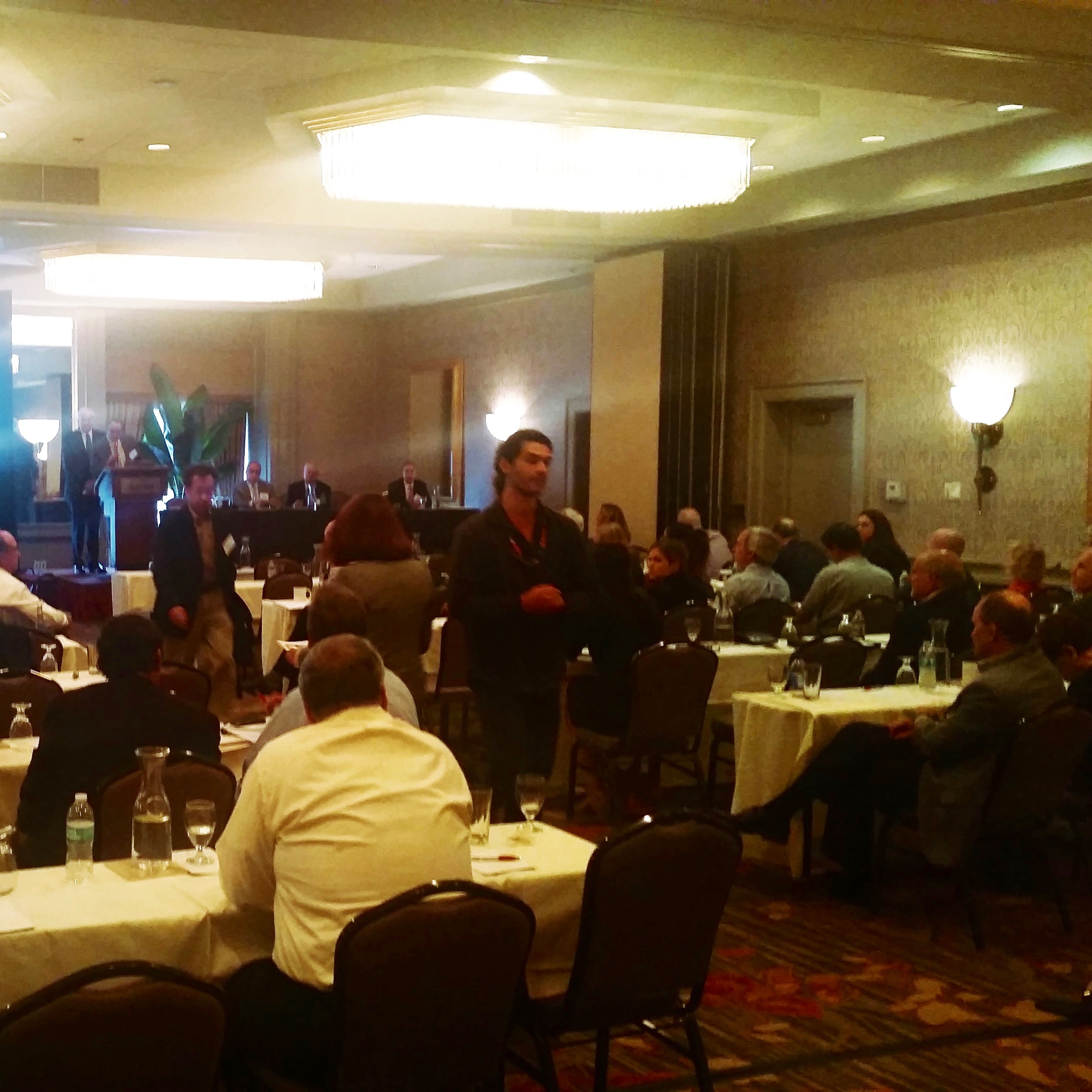


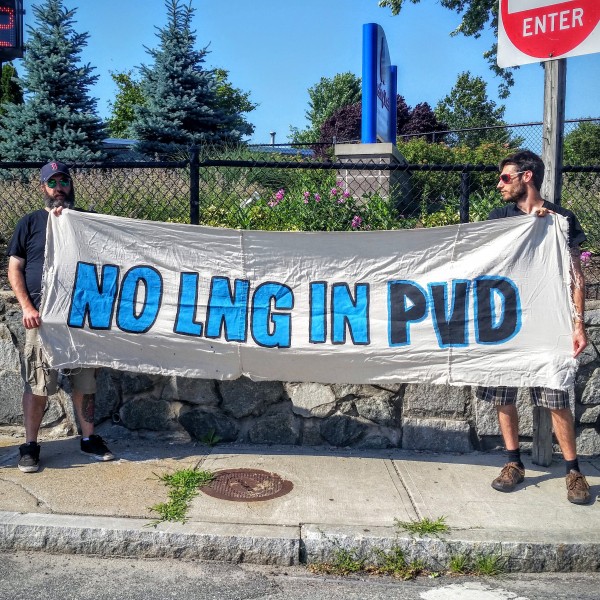 A group of Providence elected officials announced their strong opposition to a proposal by National Grid to develop a new fracked gas liquefaction facility at Fields Point in South Providence. Citing concerns ranging from costs to ratepayers, safety risks and climate impact, the legislators — including Representatives Joseph S. Almeida (D-Dist. 12, Providence), Grace Diaz (D-Dist. 11, Providence), Aaron Regunberg (D-Dist. 4, Providence), Chris Blazejewski (D-Dist. 2, Providence), Edith H. Ajello (D-Dist. 1, Providence) and John J. Lombardi (D-Dist. 8, Providence) and Senators Juan Pichardo (D-Dist. 2, Providence), Gayle Goldin (D-Dist. 3, Providence) and Sen. Harold M. Metts (D-Dist. 6, Providence) — called on the Federal Energy Regulatory Commission (FERC) to reject National Grid’s application, and warned the City of Providence against signing a tax stabilization agreement with the utility to facilitate the project.
A group of Providence elected officials announced their strong opposition to a proposal by National Grid to develop a new fracked gas liquefaction facility at Fields Point in South Providence. Citing concerns ranging from costs to ratepayers, safety risks and climate impact, the legislators — including Representatives Joseph S. Almeida (D-Dist. 12, Providence), Grace Diaz (D-Dist. 11, Providence), Aaron Regunberg (D-Dist. 4, Providence), Chris Blazejewski (D-Dist. 2, Providence), Edith H. Ajello (D-Dist. 1, Providence) and John J. Lombardi (D-Dist. 8, Providence) and Senators Juan Pichardo (D-Dist. 2, Providence), Gayle Goldin (D-Dist. 3, Providence) and Sen. Harold M. Metts (D-Dist. 6, Providence) — called on the Federal Energy Regulatory Commission (FERC) to reject National Grid’s application, and warned the City of Providence against signing a tax stabilization agreement with the utility to facilitate the project. “No matter how you look at it, this project is a money-maker for the utility at the expense of our community and our state,” said Representative Almeida. “National Grid is asking us, the ratepayers, to foot the $180 million bill for this project, for what? So they can increase their own profits by exporting LNG out of the state! This does nothing to benefit our constituents, and it does nothing to benefit my neighbors on the South Side. All this proposal will do is transfer money from ratepayers’ pockets to National Grid’s coffers, and we’re not going to accept it.”
“No matter how you look at it, this project is a money-maker for the utility at the expense of our community and our state,” said Representative Almeida. “National Grid is asking us, the ratepayers, to foot the $180 million bill for this project, for what? So they can increase their own profits by exporting LNG out of the state! This does nothing to benefit our constituents, and it does nothing to benefit my neighbors on the South Side. All this proposal will do is transfer money from ratepayers’ pockets to National Grid’s coffers, and we’re not going to accept it.”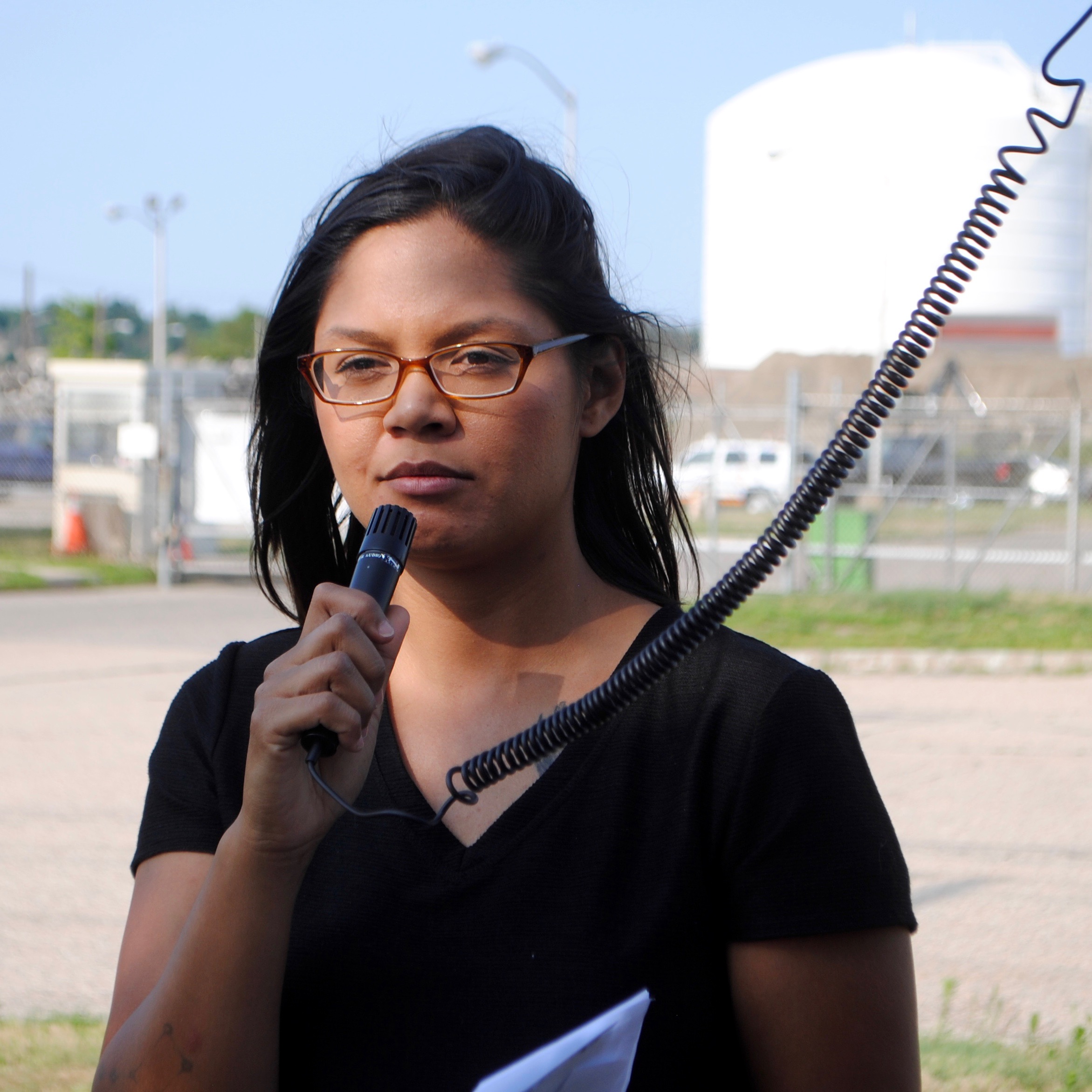
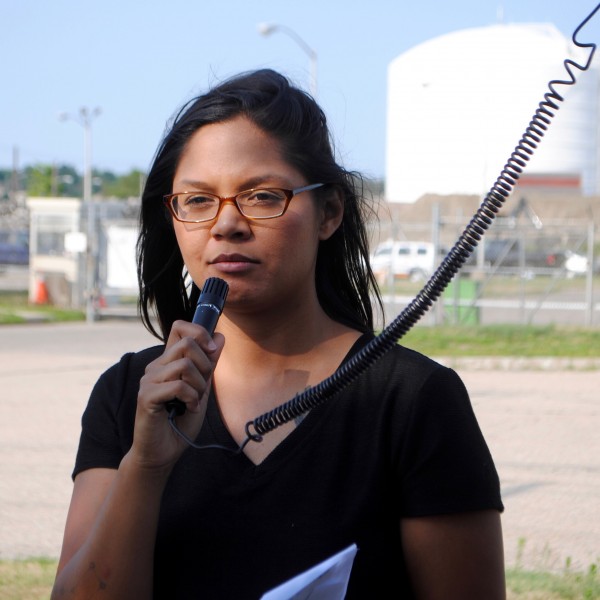

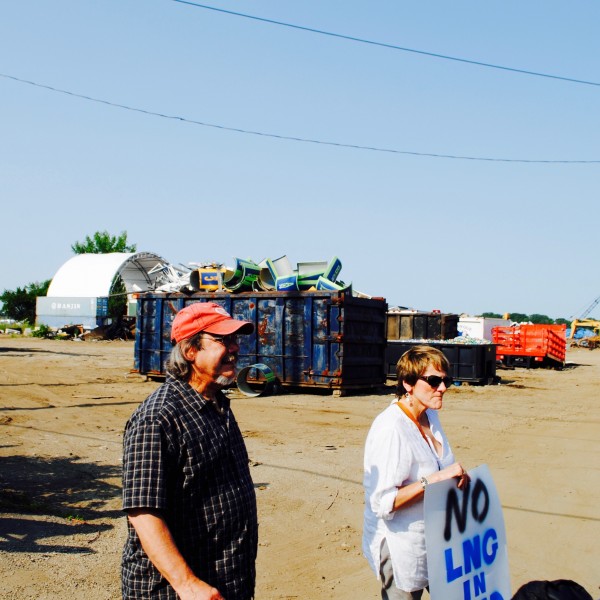
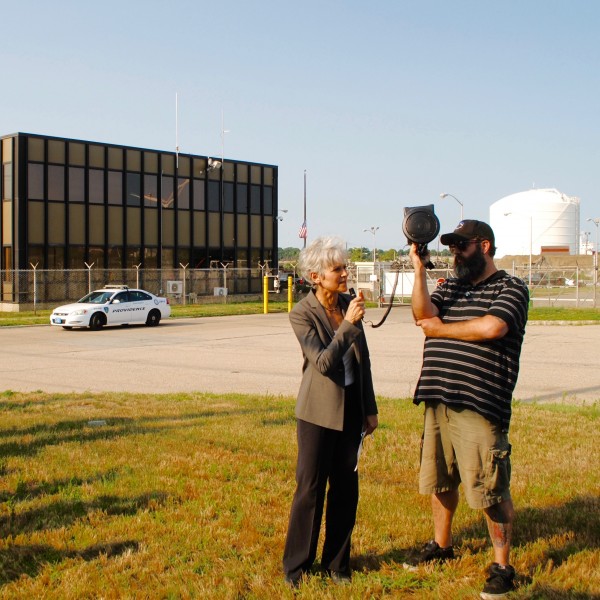

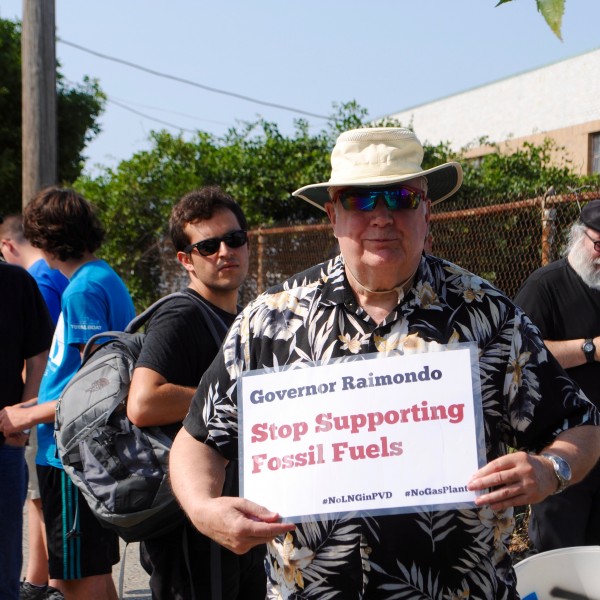

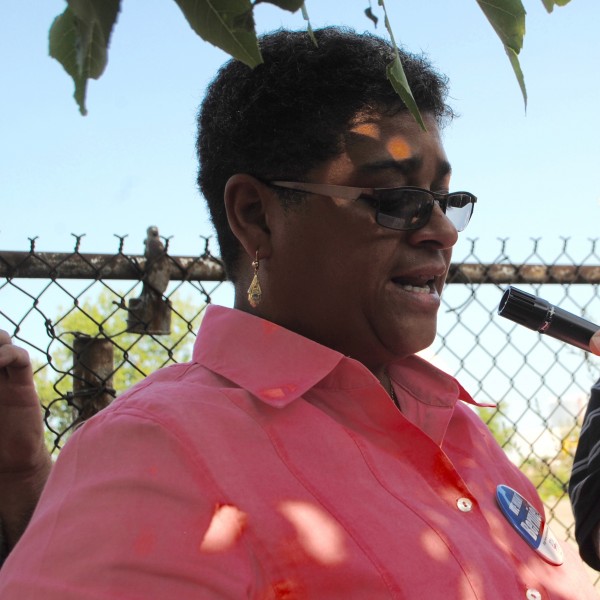
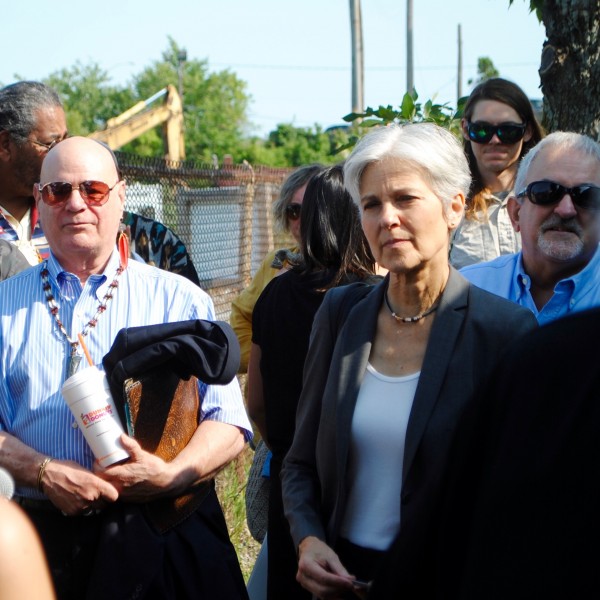
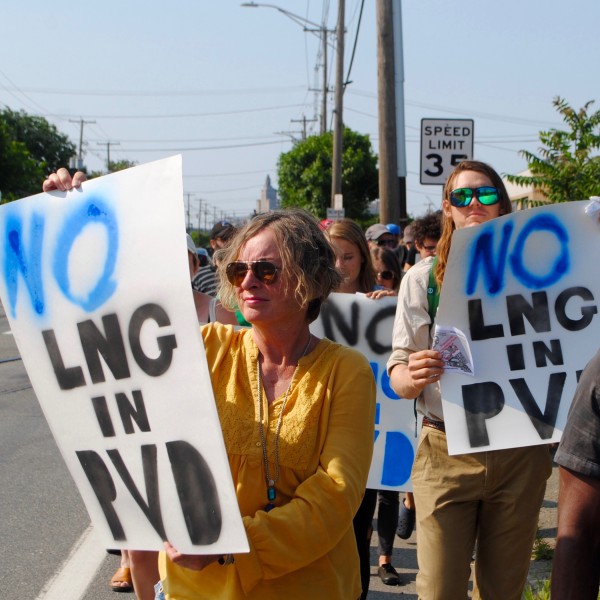
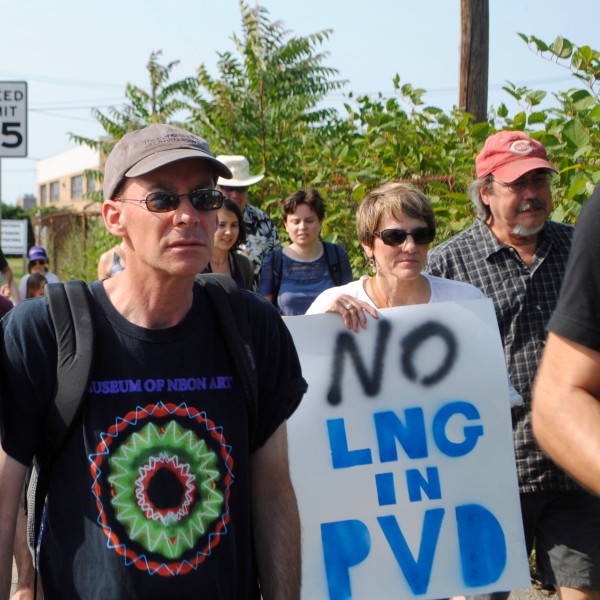
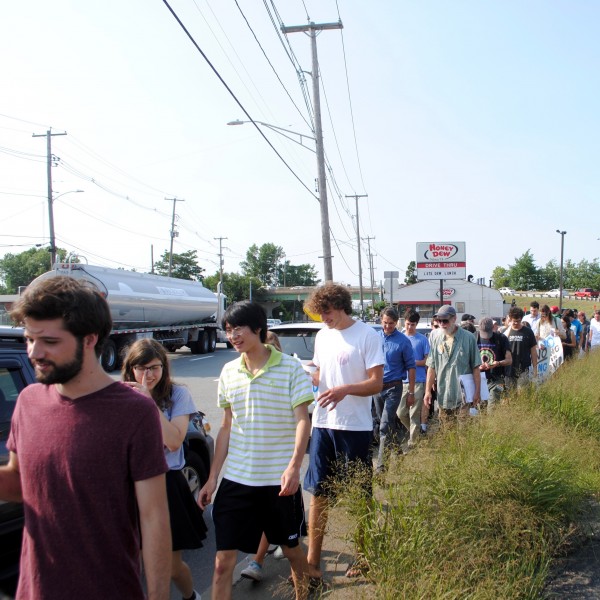
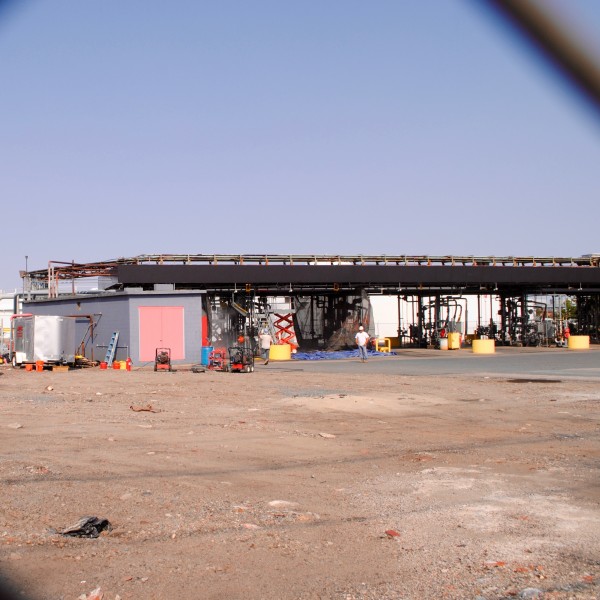
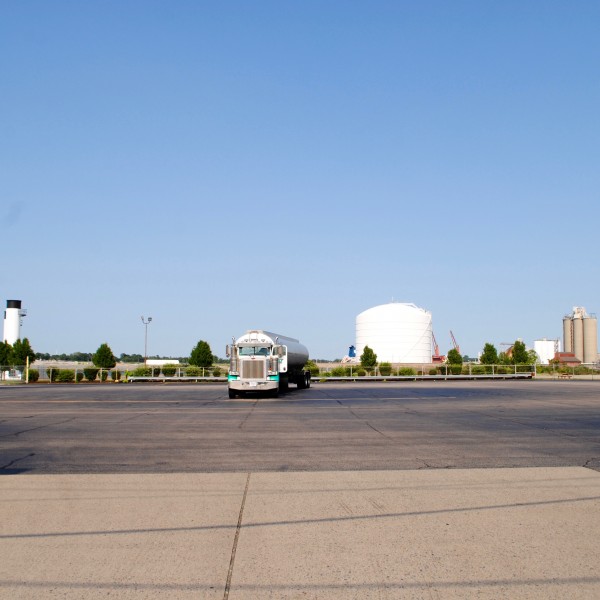


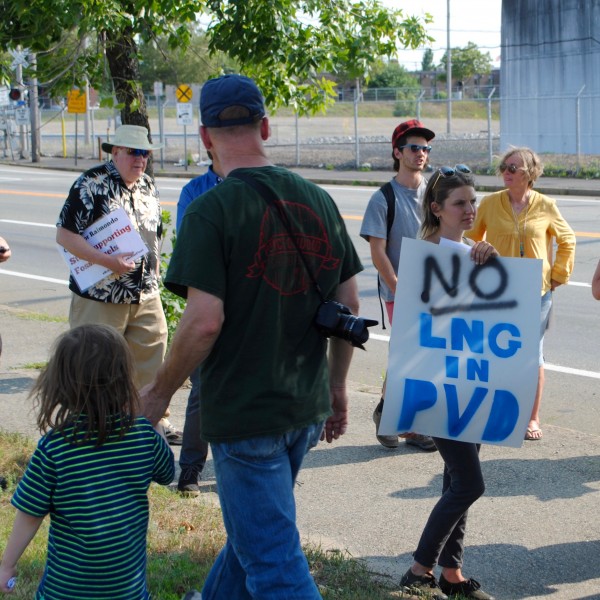
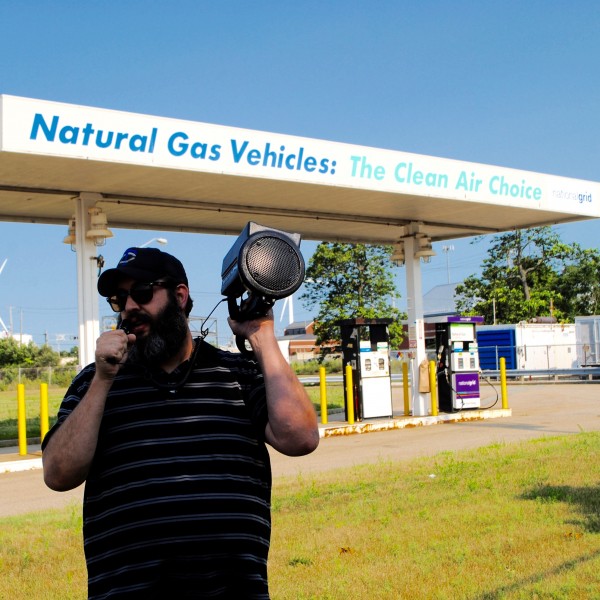
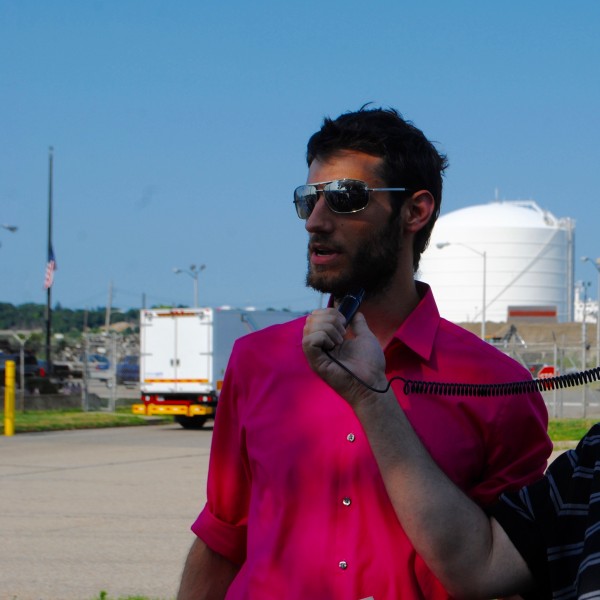
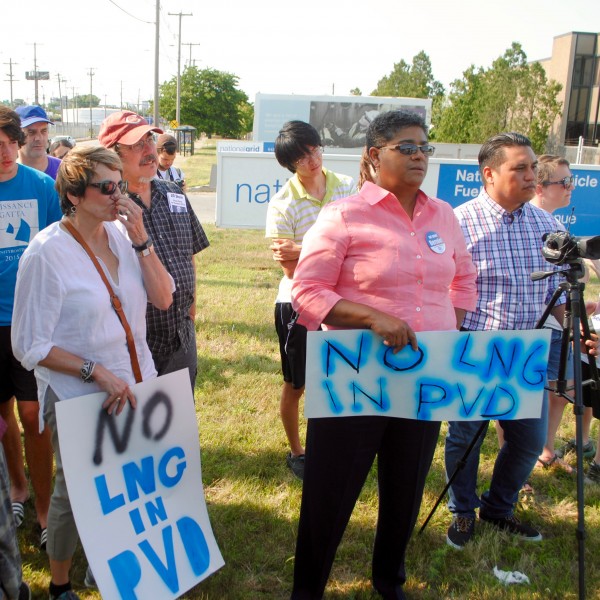

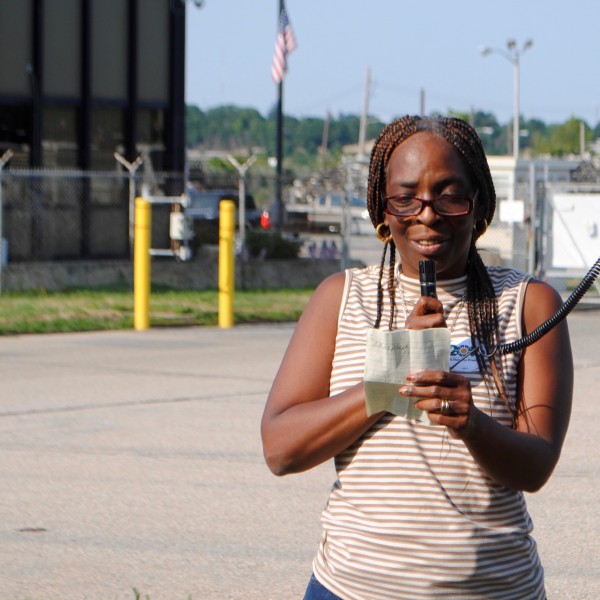
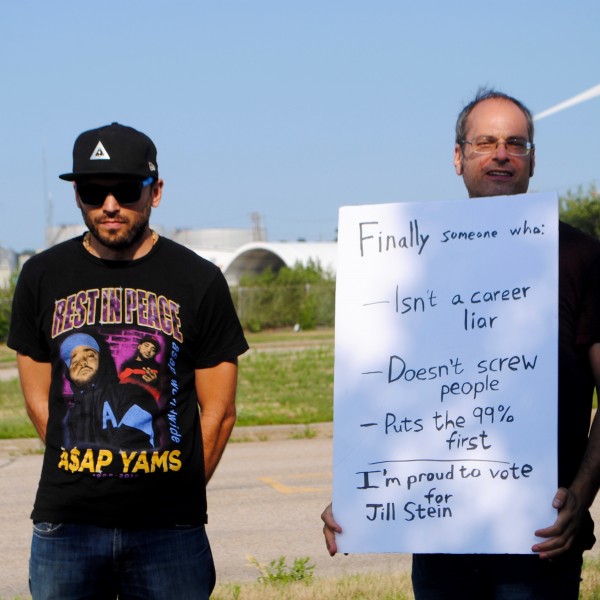
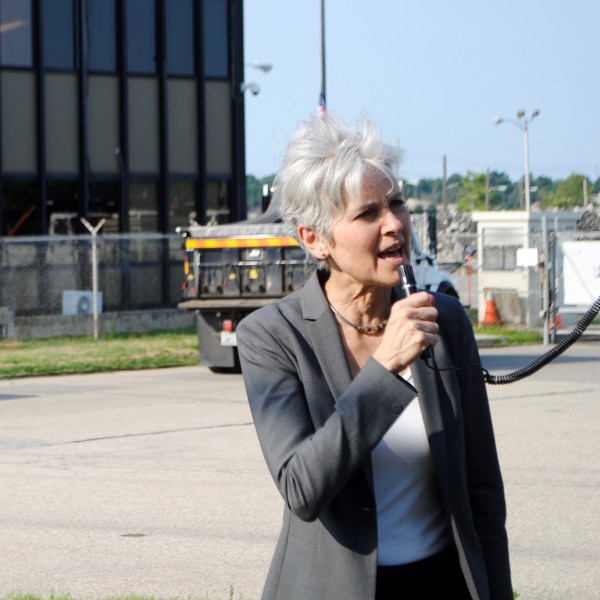
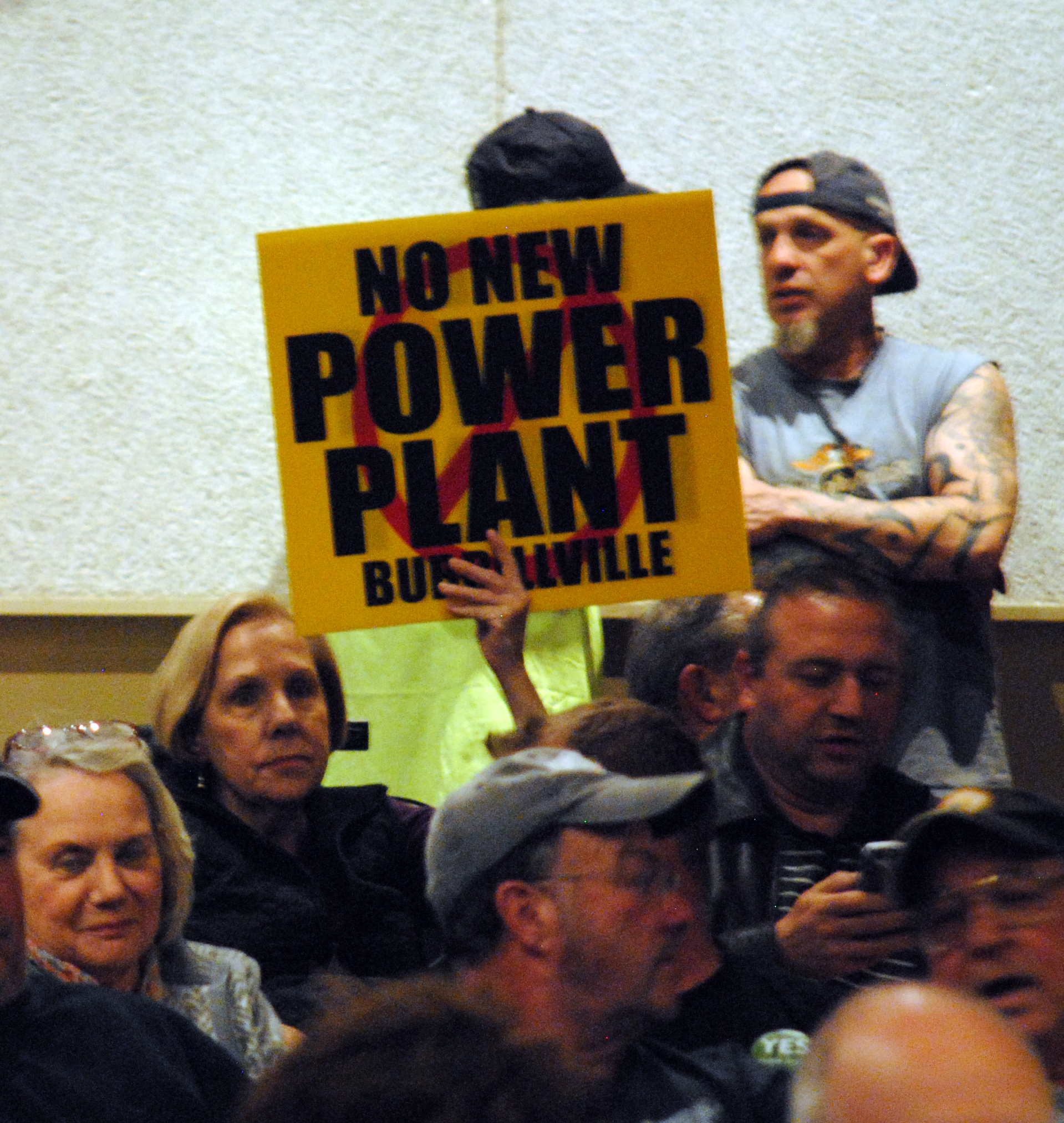
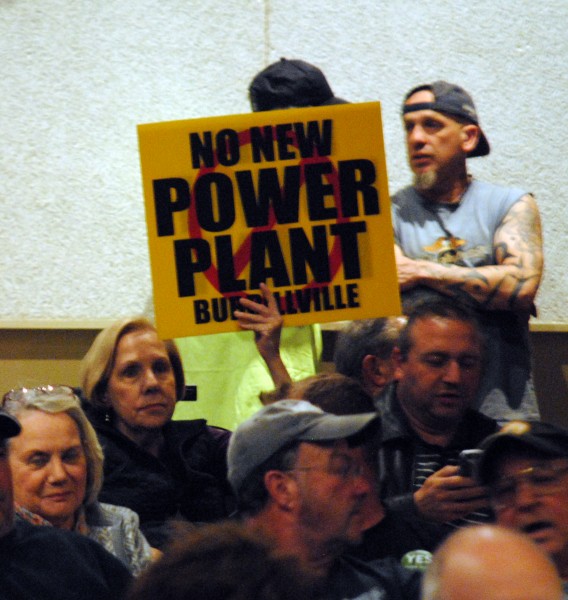 RIDEM’s
RIDEM’s 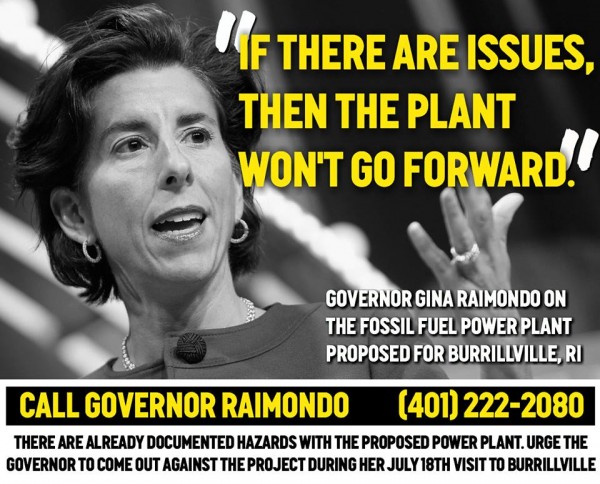
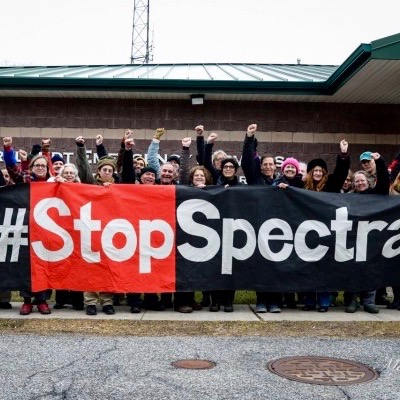
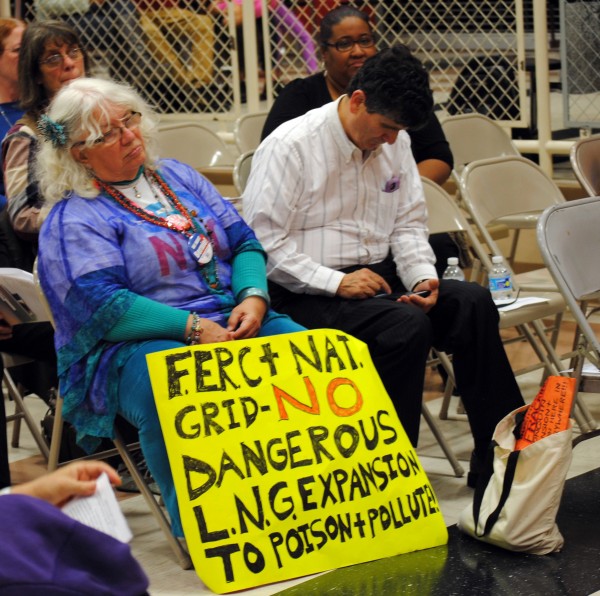 Spectra Energy is not planning to build a liquified natural gas (LNG) storage facility in Burrillville alongside the controversial compressor station and near the site of Invenergy‘s planned $700 million fracked gas and diesel oil burning power plant. The Burrillville Town Council evealed at their Wednesday night meeting that when Spectra submits their official FERC pre-application for the project on July 22, it will be Acushnet, MA, not Burrillville, that will be forced to fight against yet another fracked gas infrastructure nightmare in New England.
Spectra Energy is not planning to build a liquified natural gas (LNG) storage facility in Burrillville alongside the controversial compressor station and near the site of Invenergy‘s planned $700 million fracked gas and diesel oil burning power plant. The Burrillville Town Council evealed at their Wednesday night meeting that when Spectra submits their official FERC pre-application for the project on July 22, it will be Acushnet, MA, not Burrillville, that will be forced to fight against yet another fracked gas infrastructure nightmare in New England.


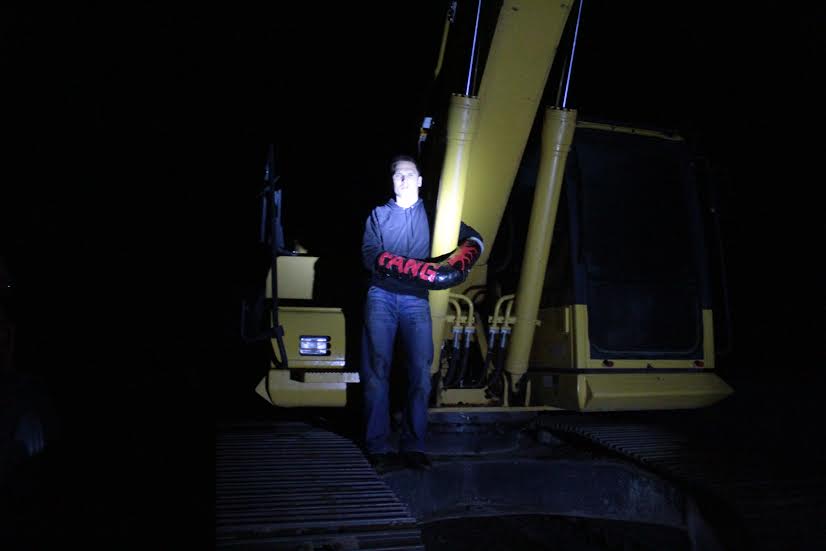
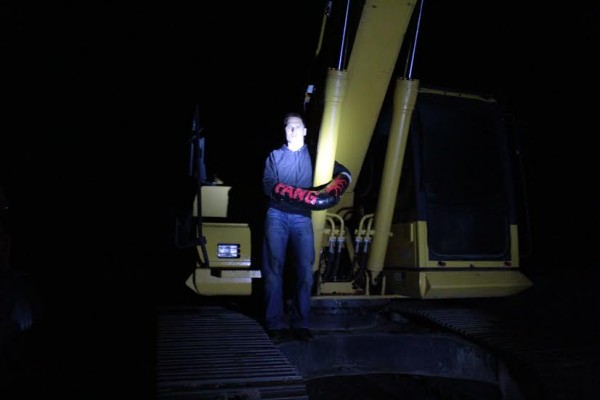 Three protesters who
Three protesters who  “Spectra is spewing toxic chemicals from their compressor stations, damaging communities with their pipelines, all to expand the fracking industry’s profits at the expense of public health, safety and the environment. Spectra should be the ones paying restitution for the real harm that they are causing” said Matt Smith, an organizer with Food & Water Watch and one of three defendants in the case.
“Spectra is spewing toxic chemicals from their compressor stations, damaging communities with their pipelines, all to expand the fracking industry’s profits at the expense of public health, safety and the environment. Spectra should be the ones paying restitution for the real harm that they are causing” said Matt Smith, an organizer with Food & Water Watch and one of three defendants in the case.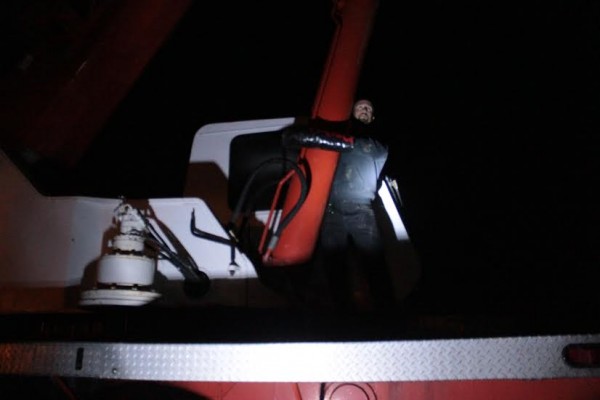 Spectra’s “AIM” expansion has come under fire recently from New York Governor Andrew Cuomo as well as US Senators Schumer and Gillibrand, who have asked the Federal Energy Regulatory Commission to halt construction on the pipeline’s New York segment over safety concerns. Of particular concern is a 2 mile stretch of pipeline that would push volatile compressed gas within feet of the Indian Point Nuclear Power Plant. Located just 30 miles north of Manhattan, Spectra’s pipeline expansion near the aging plant creates a situation that puts 20 million residents and the entire economics of the United States at risk. A Spectra pipeline which connects to Spectra’s “AIM” expansion exploded in Salem Township, Pennsylvania last month, creating a massive fireball that left a local resident with third degree burns over 75% of his body.
Spectra’s “AIM” expansion has come under fire recently from New York Governor Andrew Cuomo as well as US Senators Schumer and Gillibrand, who have asked the Federal Energy Regulatory Commission to halt construction on the pipeline’s New York segment over safety concerns. Of particular concern is a 2 mile stretch of pipeline that would push volatile compressed gas within feet of the Indian Point Nuclear Power Plant. Located just 30 miles north of Manhattan, Spectra’s pipeline expansion near the aging plant creates a situation that puts 20 million residents and the entire economics of the United States at risk. A Spectra pipeline which connects to Spectra’s “AIM” expansion exploded in Salem Township, Pennsylvania last month, creating a massive fireball that left a local resident with third degree burns over 75% of his body.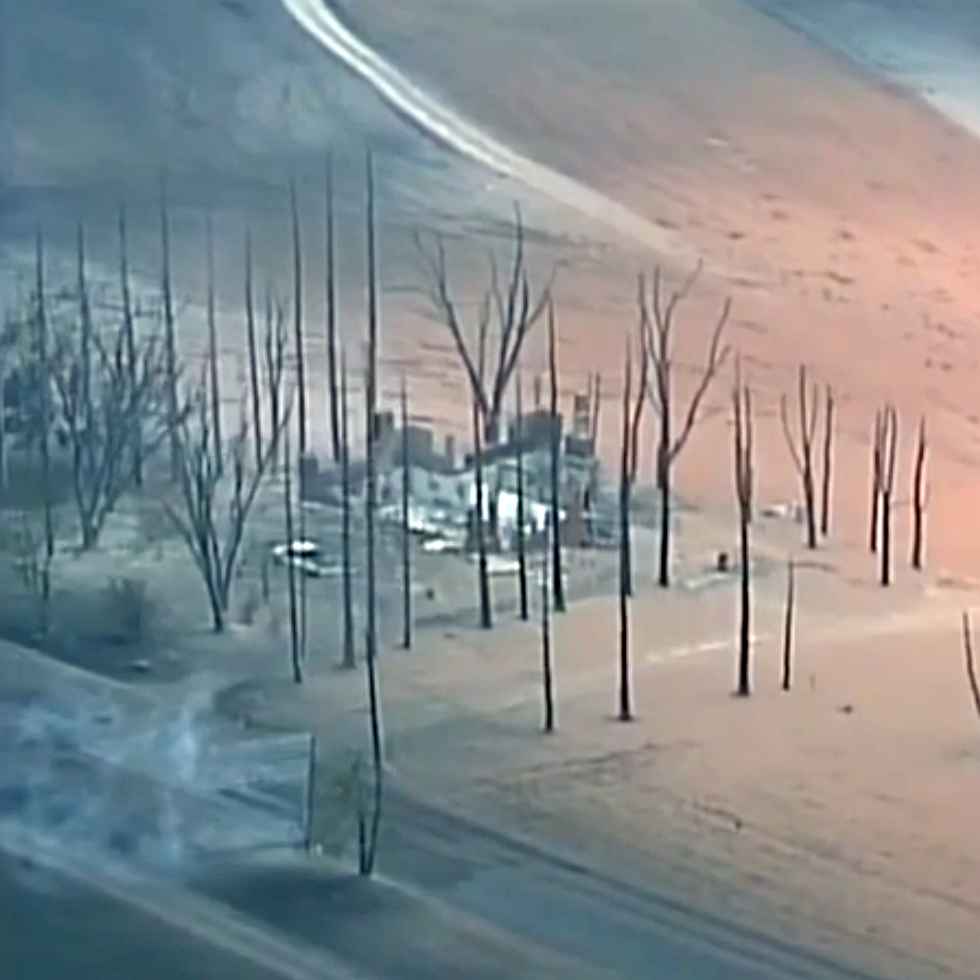
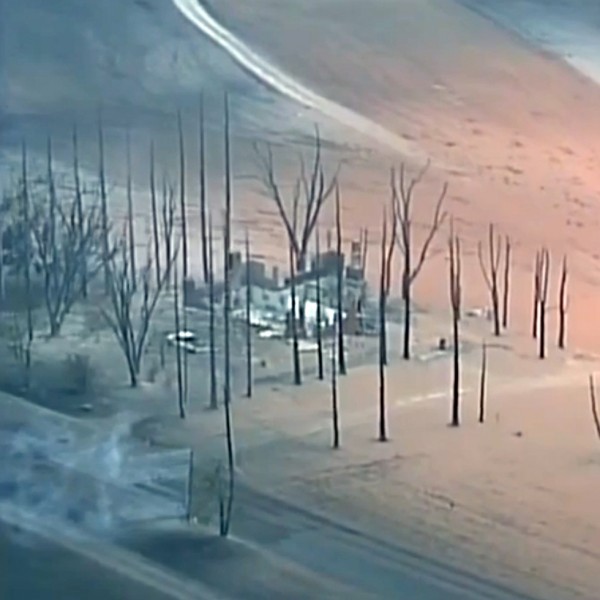
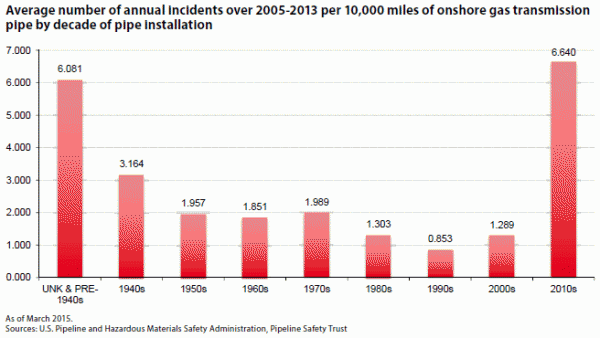
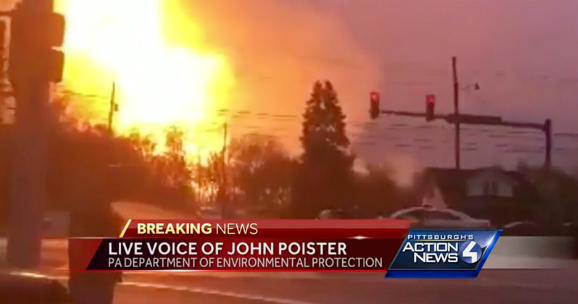 The victim “told us that he heard a loud noise and compared it to a tornado. All he saw was fire and started running up the roadway and a passerby picked him up,” [Forbes Road Fire Chief Bob] Rosatti said.
The victim “told us that he heard a loud noise and compared it to a tornado. All he saw was fire and started running up the roadway and a passerby picked him up,” [Forbes Road Fire Chief Bob] Rosatti said.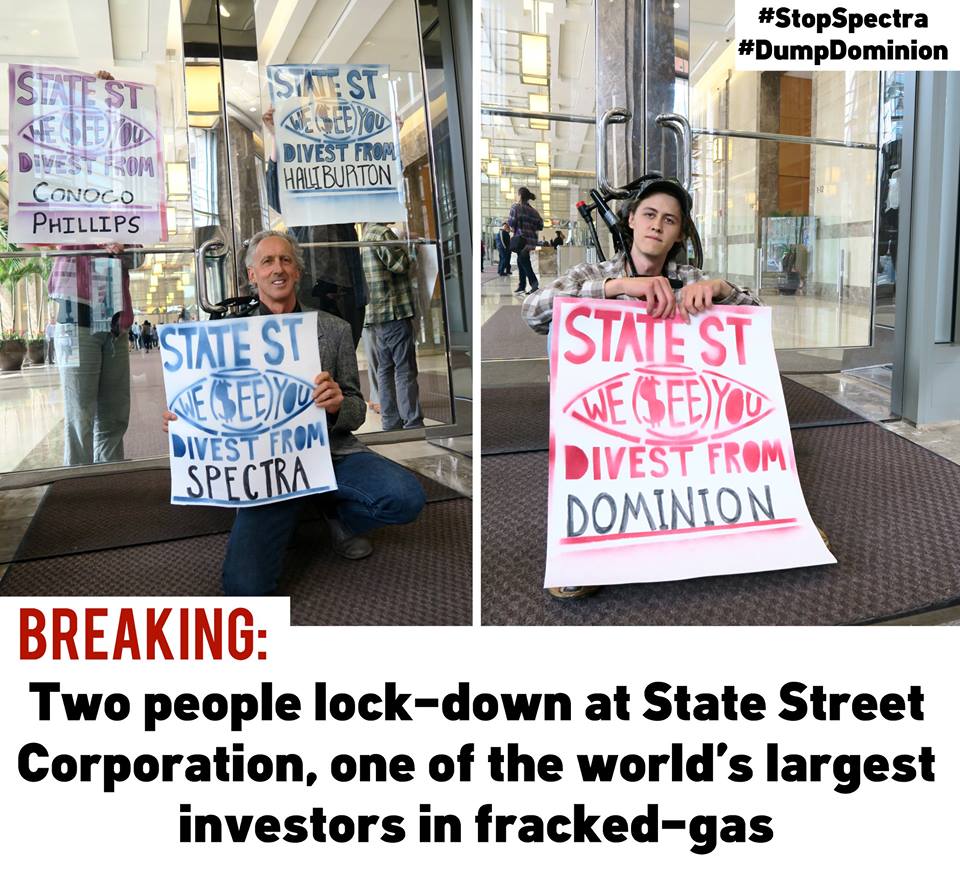
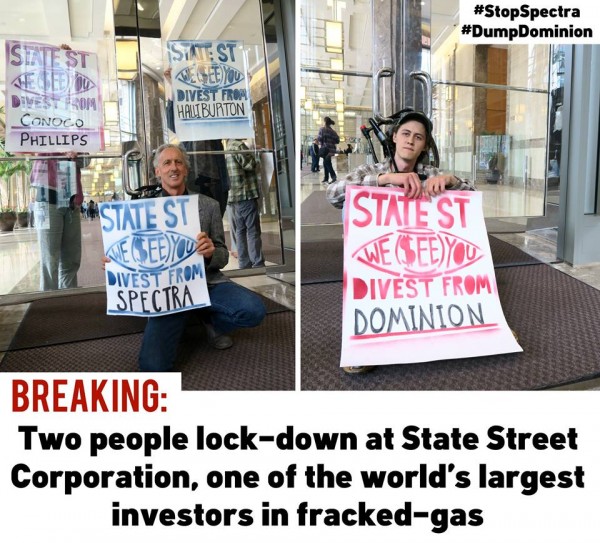
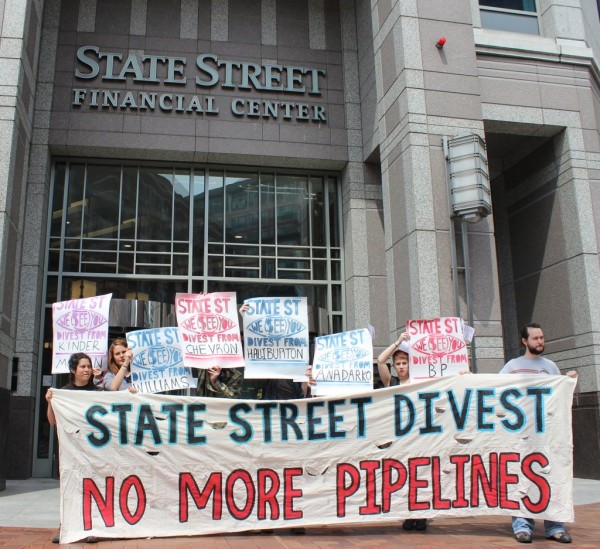

 Four people have been arrested at National Grid‘s North American headquarter building in Waltham, MA. National Grid, one of the Northeast’s largest utility companies, has a track record of injustice.
Four people have been arrested at National Grid‘s North American headquarter building in Waltham, MA. National Grid, one of the Northeast’s largest utility companies, has a track record of injustice. 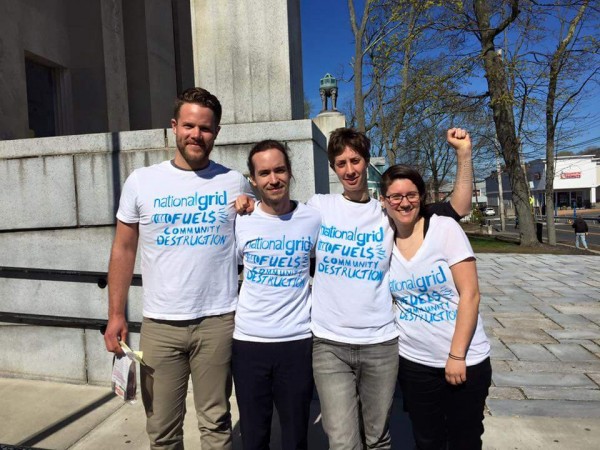
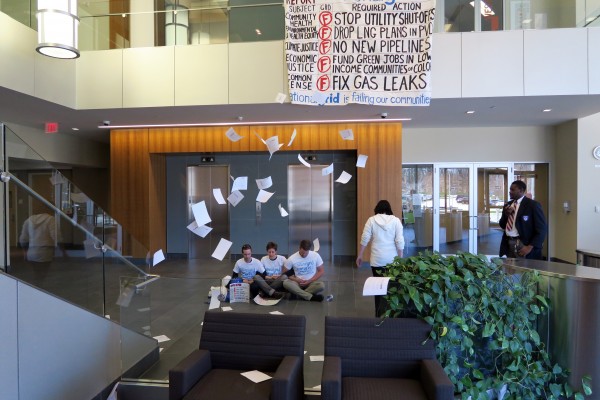 “Utility shut-offs disproportionately impact the most vulnerable members of society; elders and those with disabilities, low-income communities, and people of color,” said protester Carly Toomey. “Rate hikes and shut-offs fuel displacement in areas already reeling from gentrification.”
“Utility shut-offs disproportionately impact the most vulnerable members of society; elders and those with disabilities, low-income communities, and people of color,” said protester Carly Toomey. “Rate hikes and shut-offs fuel displacement in areas already reeling from gentrification.”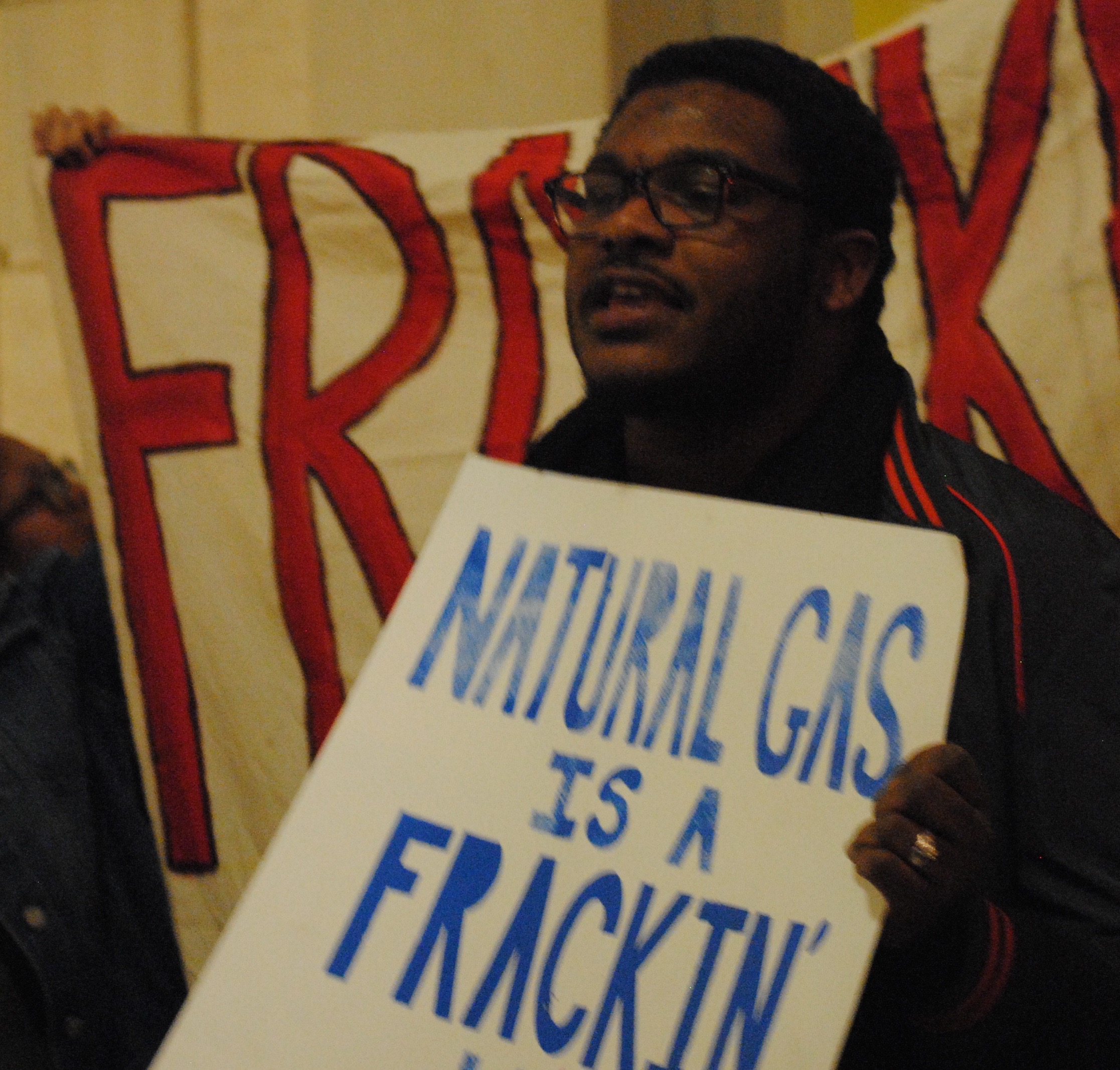
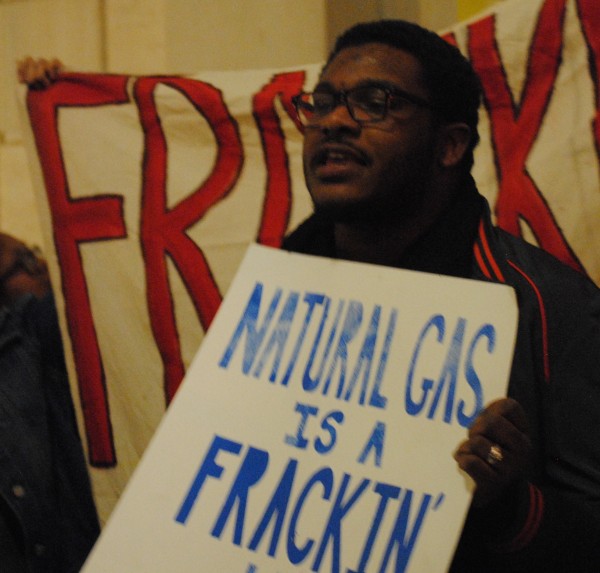
 About five minutes before Senate President Teresa Paiva-Weed, as per tradition, lead Governor Raimondo to the House Chambers, English for Action, a group dedicated to improving the lives of immigrants and undocumented workers, entered the State House to stage their own protest. Candidate Raimondo had promised this group that she would issue an executive order, within her first year in office, allowing undocumented workers to get driver’s licenses.
About five minutes before Senate President Teresa Paiva-Weed, as per tradition, lead Governor Raimondo to the House Chambers, English for Action, a group dedicated to improving the lives of immigrants and undocumented workers, entered the State House to stage their own protest. Candidate Raimondo had promised this group that she would issue an executive order, within her first year in office, allowing undocumented workers to get driver’s licenses.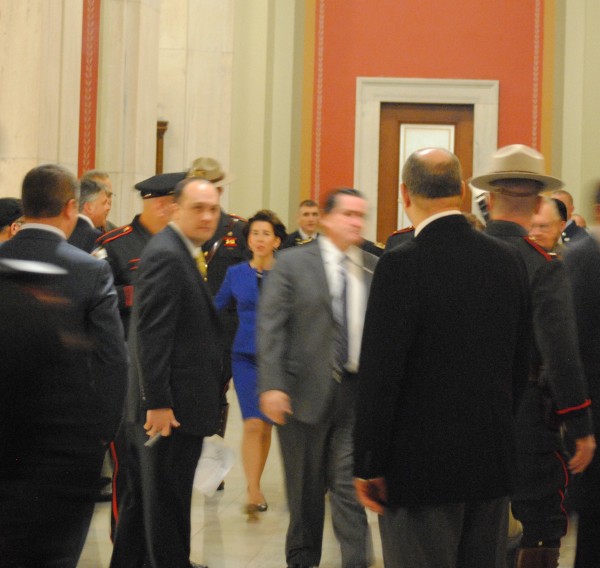
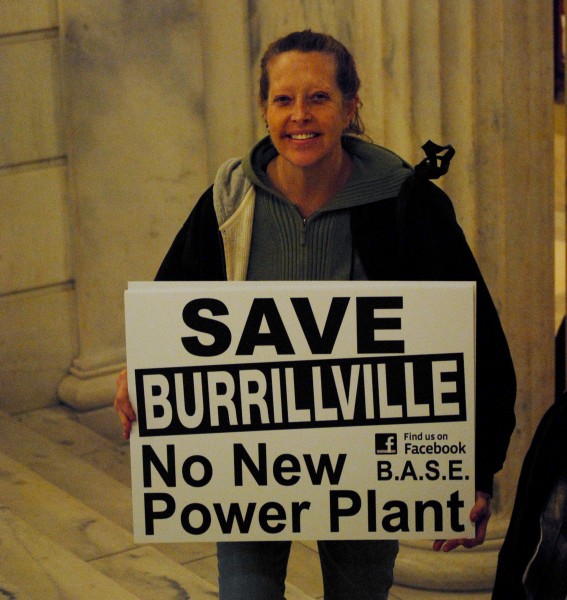
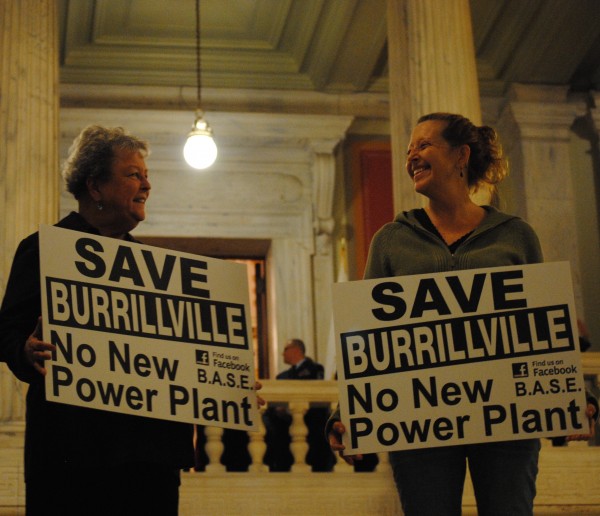
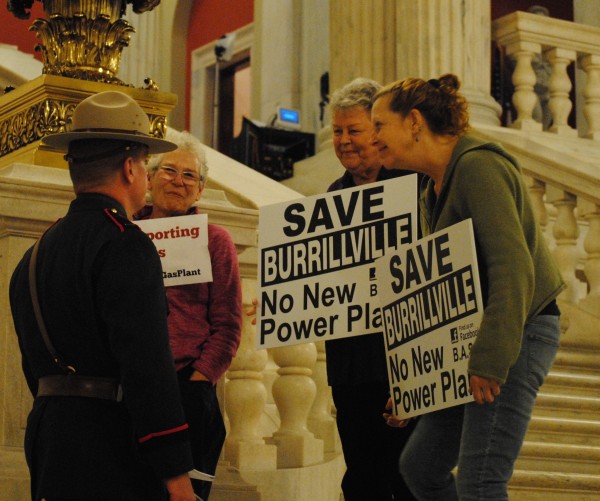
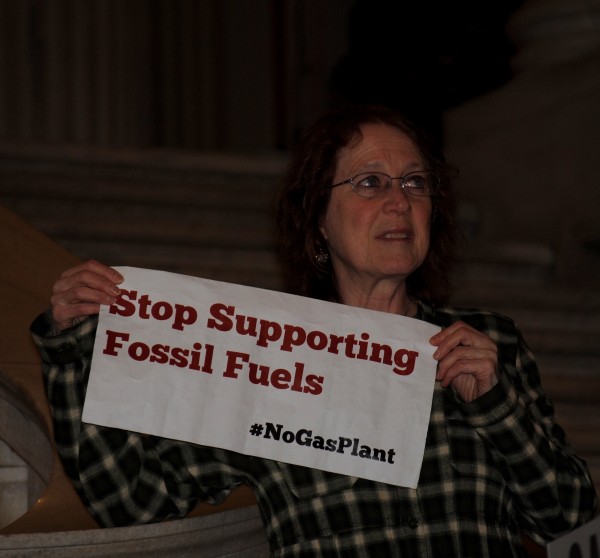
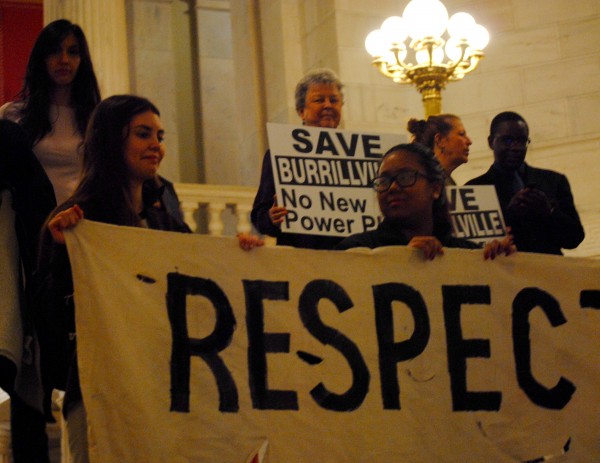

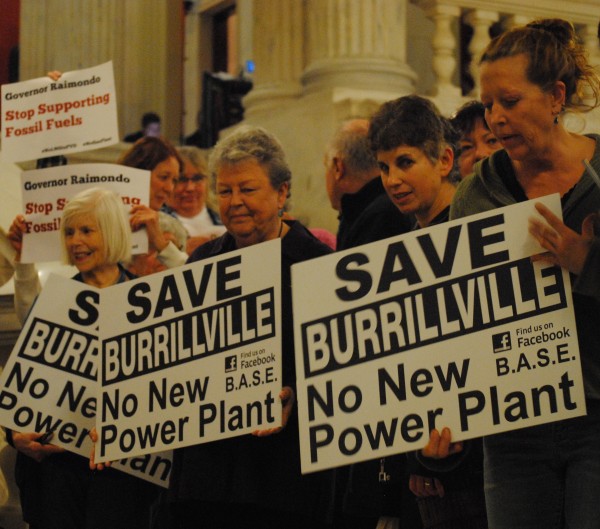
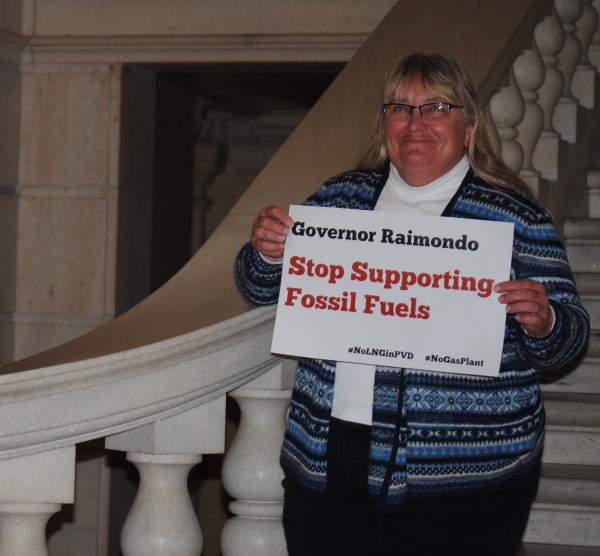
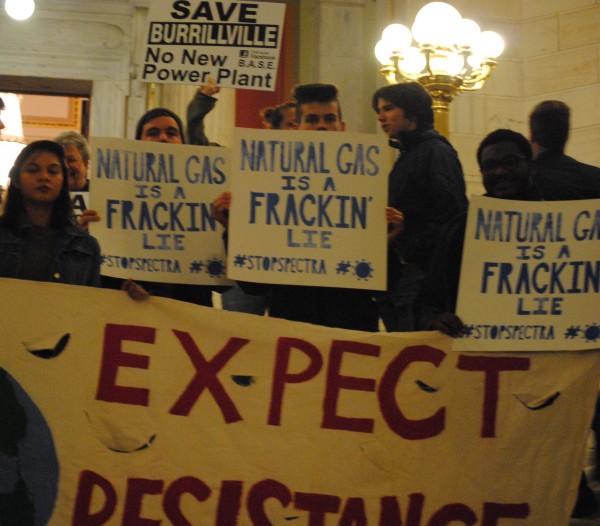


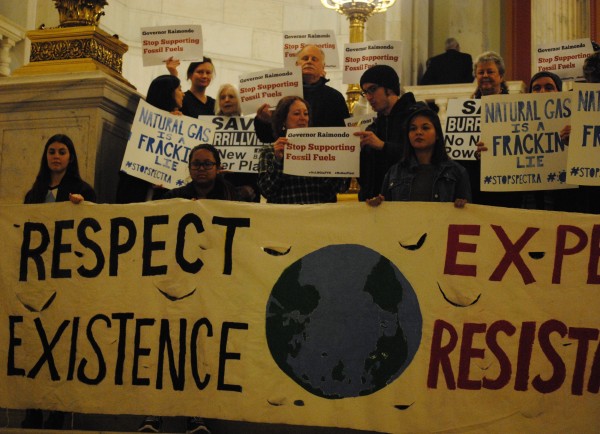
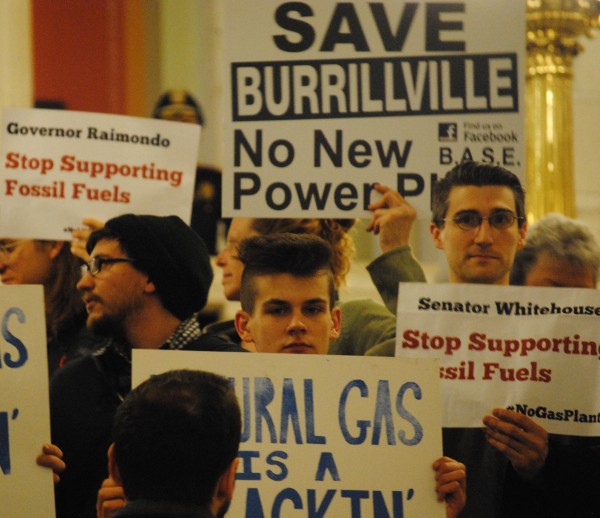
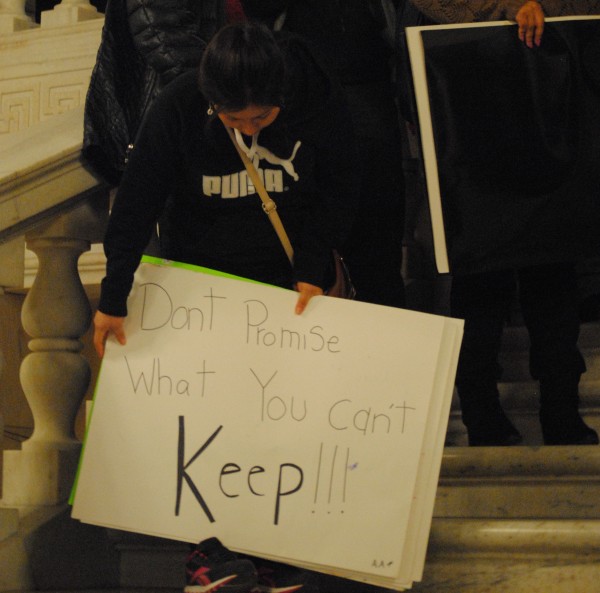
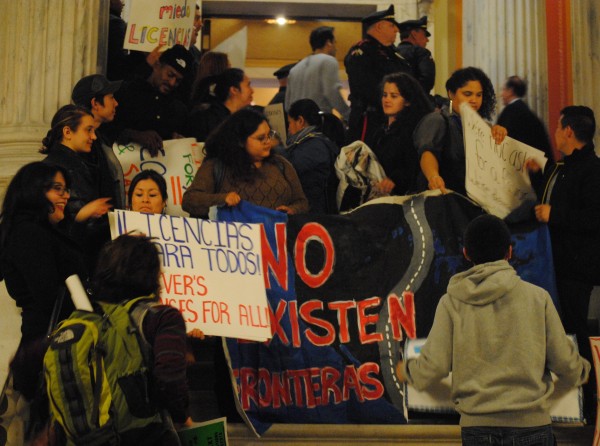
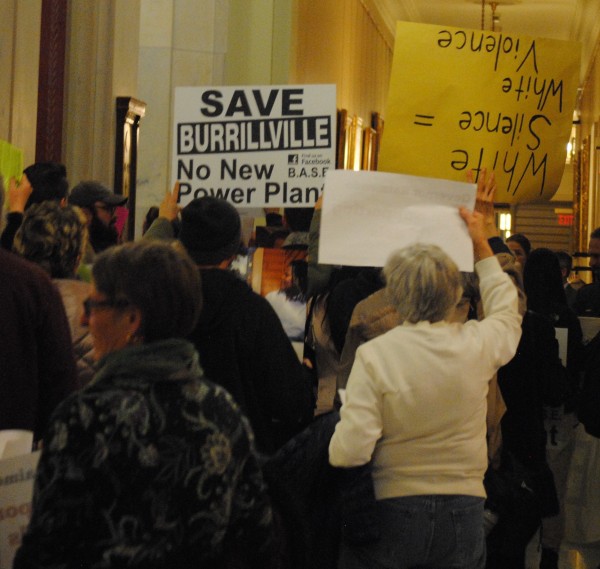
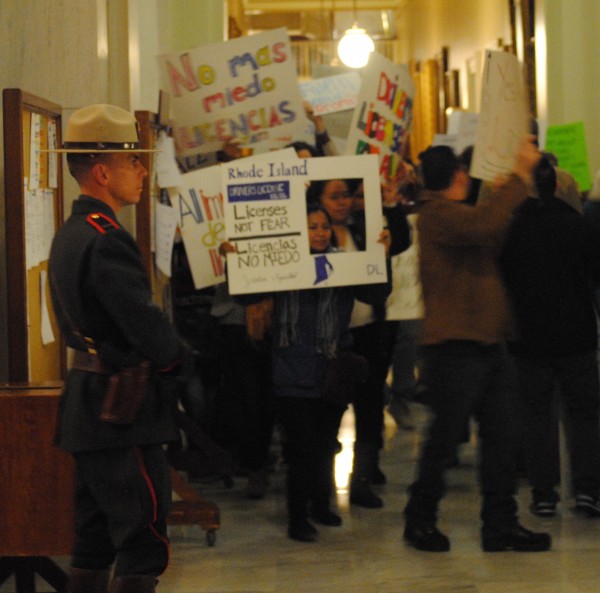
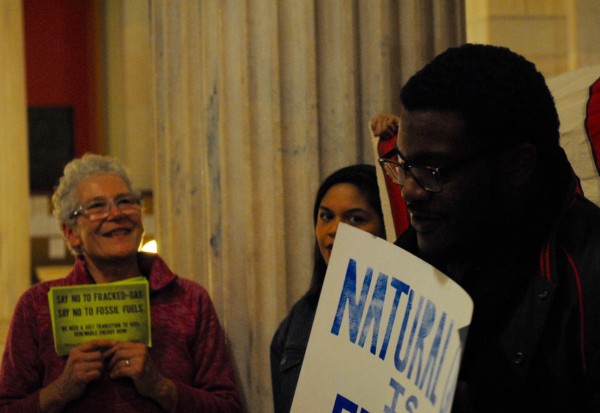

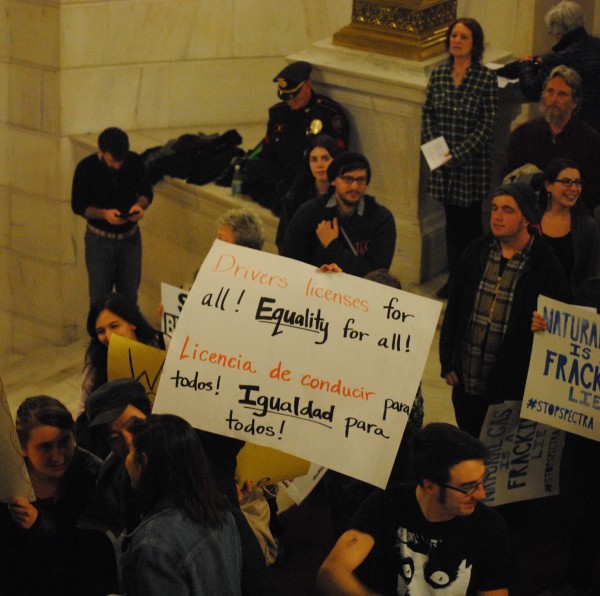

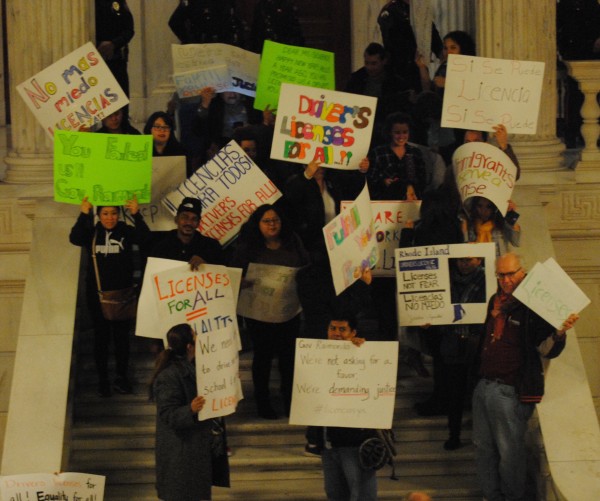
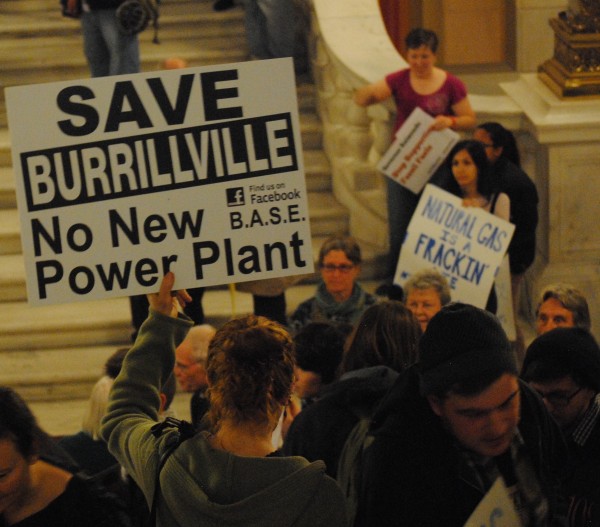
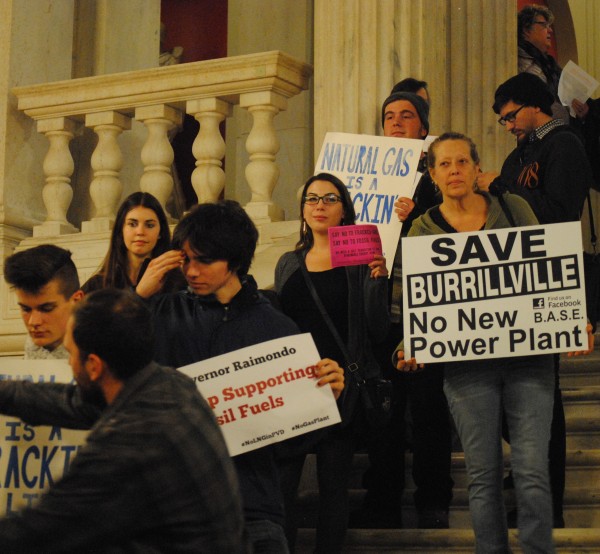
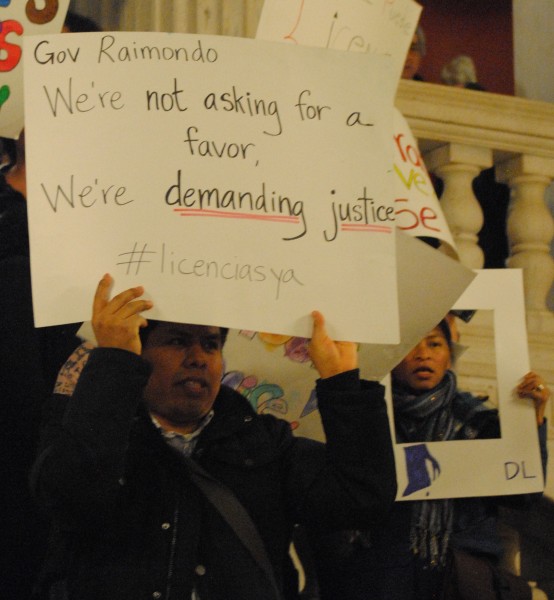
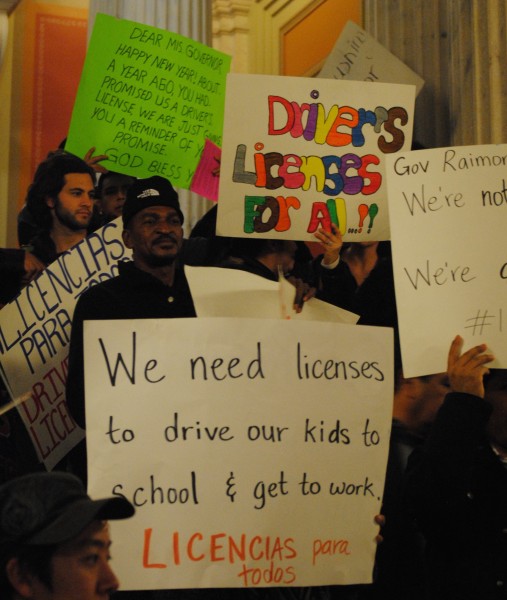
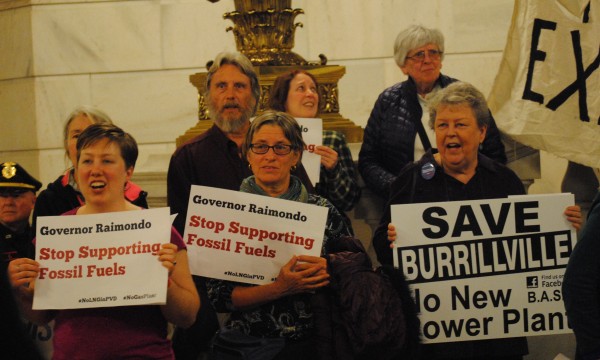
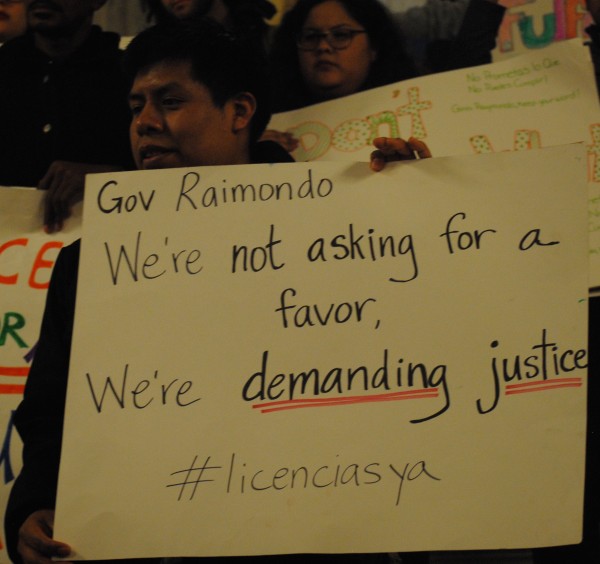
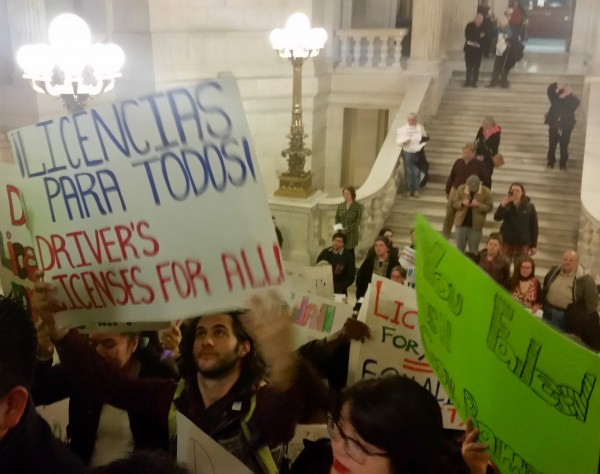

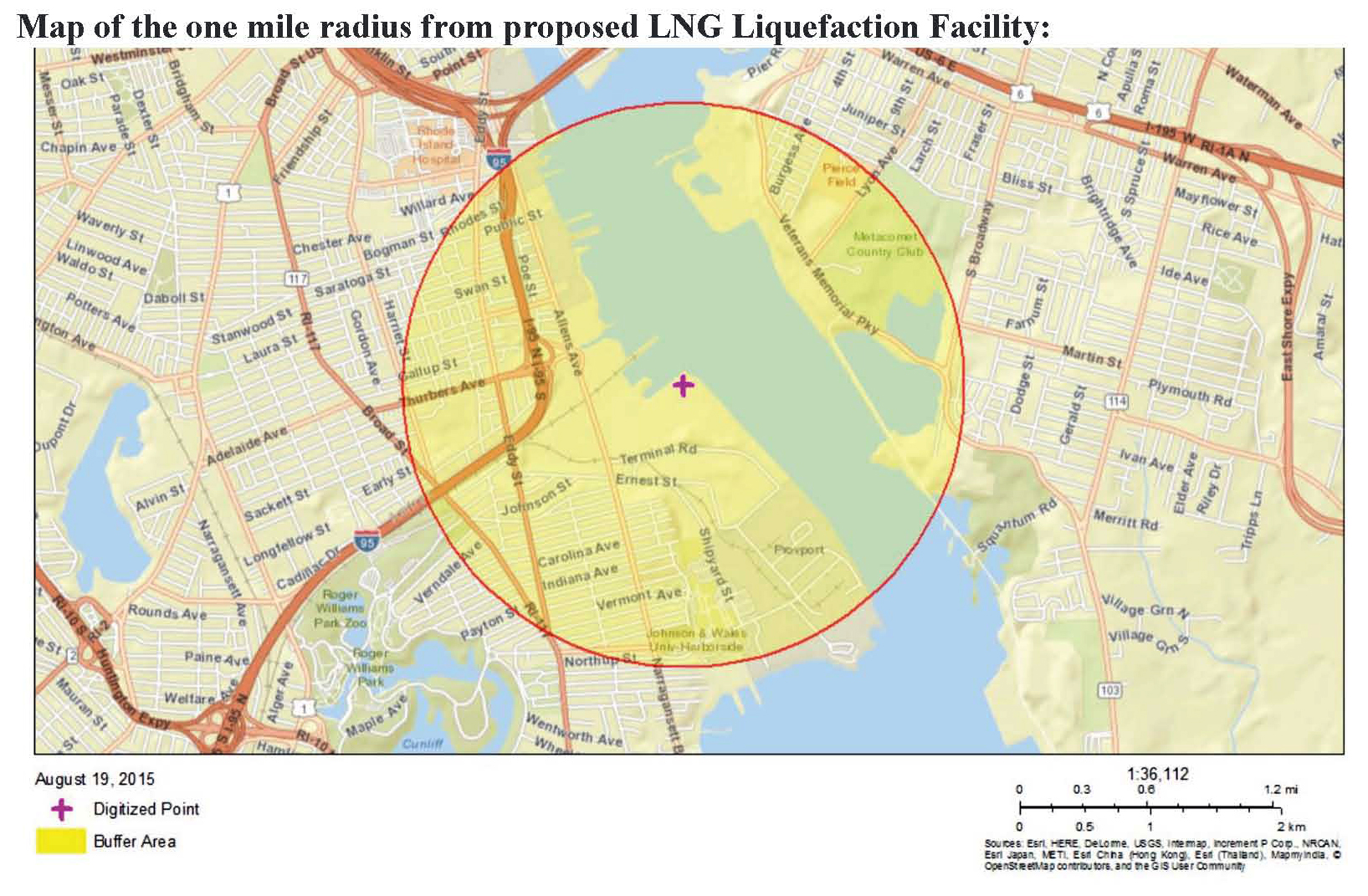
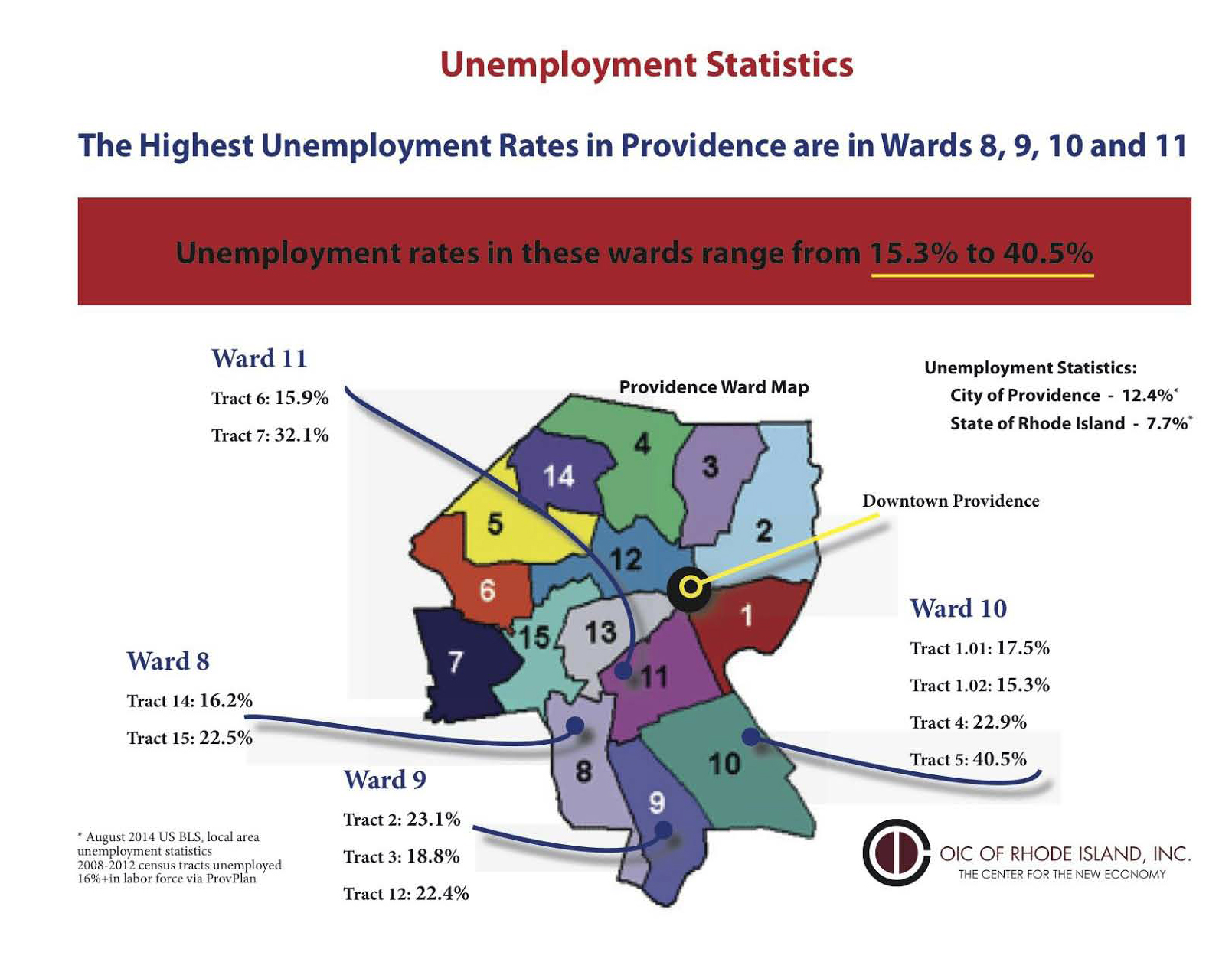

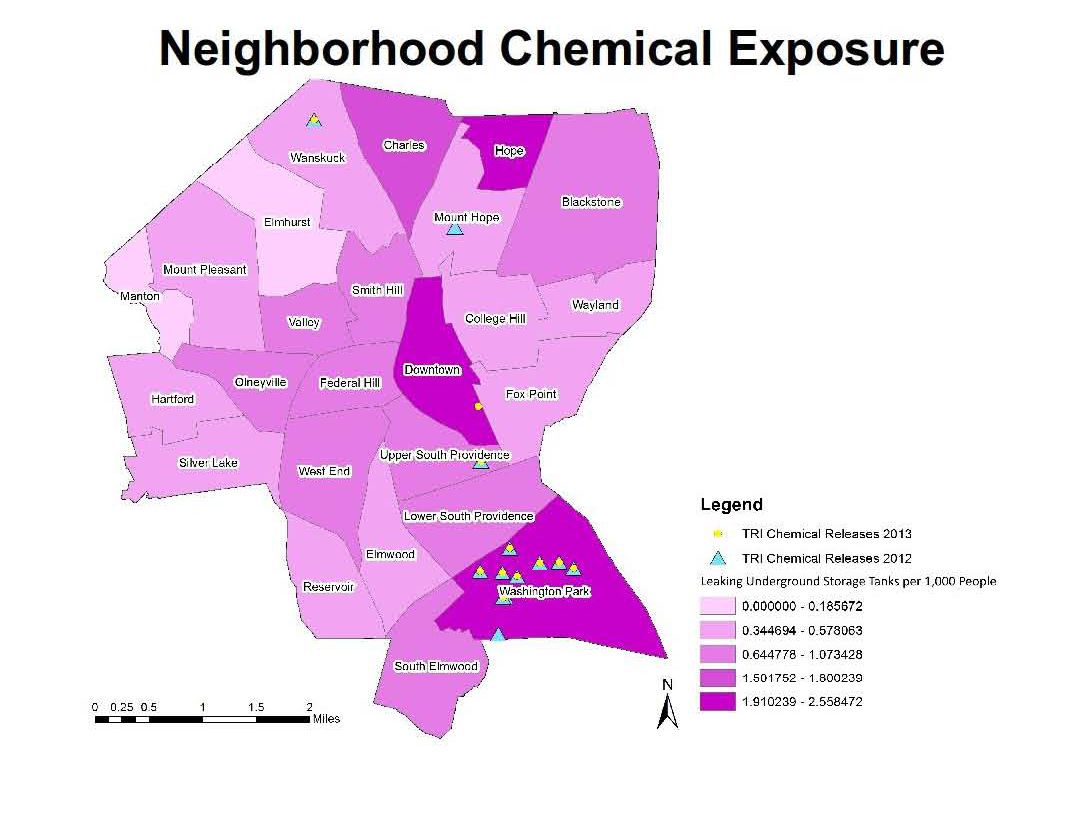
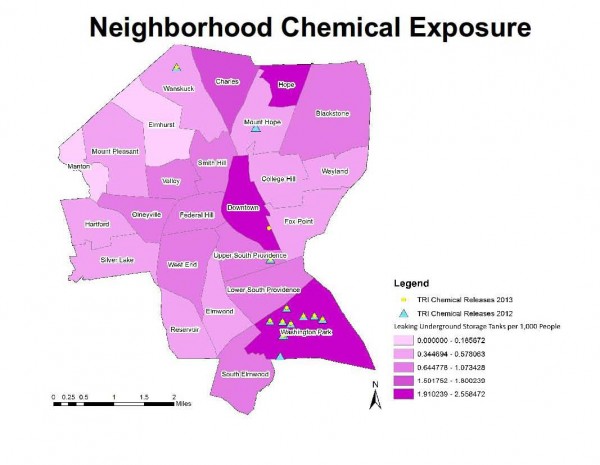
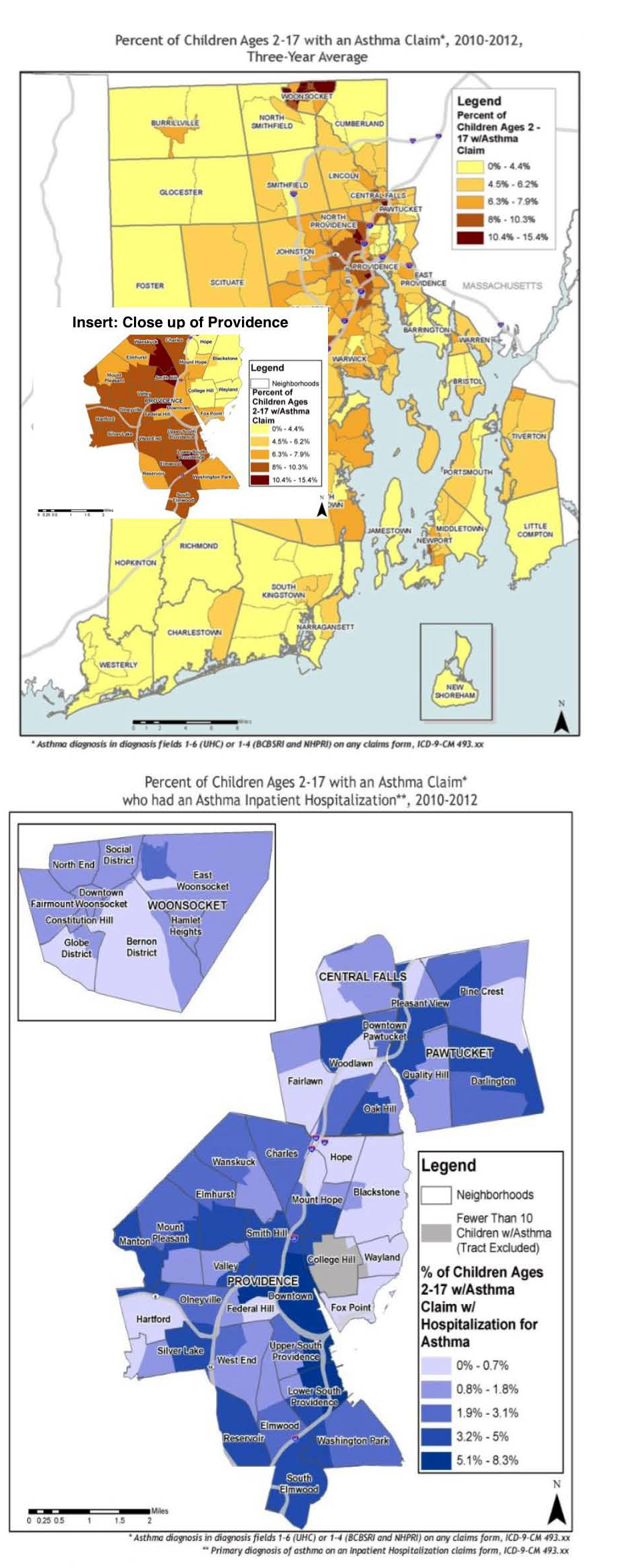 At hearings and public events about the proposed liquefaction facility, multiple community members have spoken out about issues of high asthma rates in the community being a major concern. Public health data backs up this concern, and shows that the area is one of the state’s largest asthma hot spots. While most of the state has asthma rates of 04.4 percent or 4.56.2 percent, most of Providence has asthma rates of 8 – 10.3 percent and the neighborhood next to I95 and the Port has the highest levels in the state at 10.4 – 15.4 percent. (
At hearings and public events about the proposed liquefaction facility, multiple community members have spoken out about issues of high asthma rates in the community being a major concern. Public health data backs up this concern, and shows that the area is one of the state’s largest asthma hot spots. While most of the state has asthma rates of 04.4 percent or 4.56.2 percent, most of Providence has asthma rates of 8 – 10.3 percent and the neighborhood next to I95 and the Port has the highest levels in the state at 10.4 – 15.4 percent. (